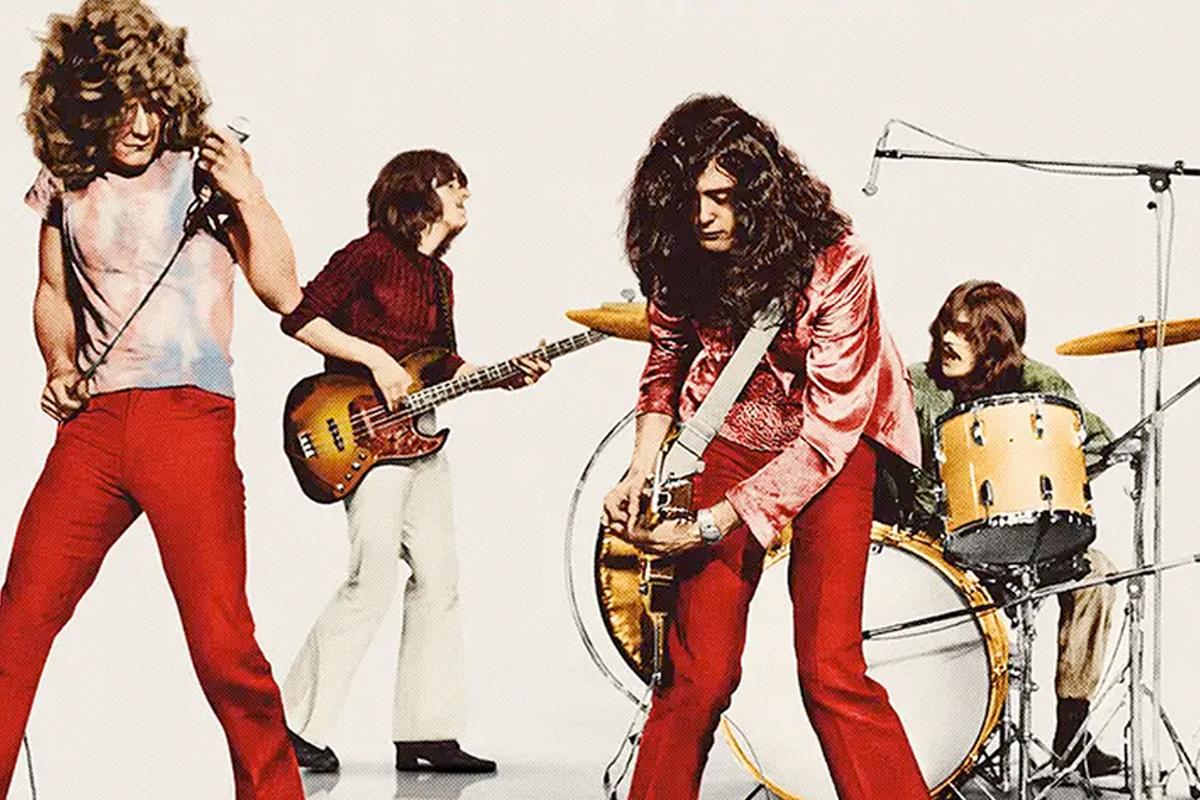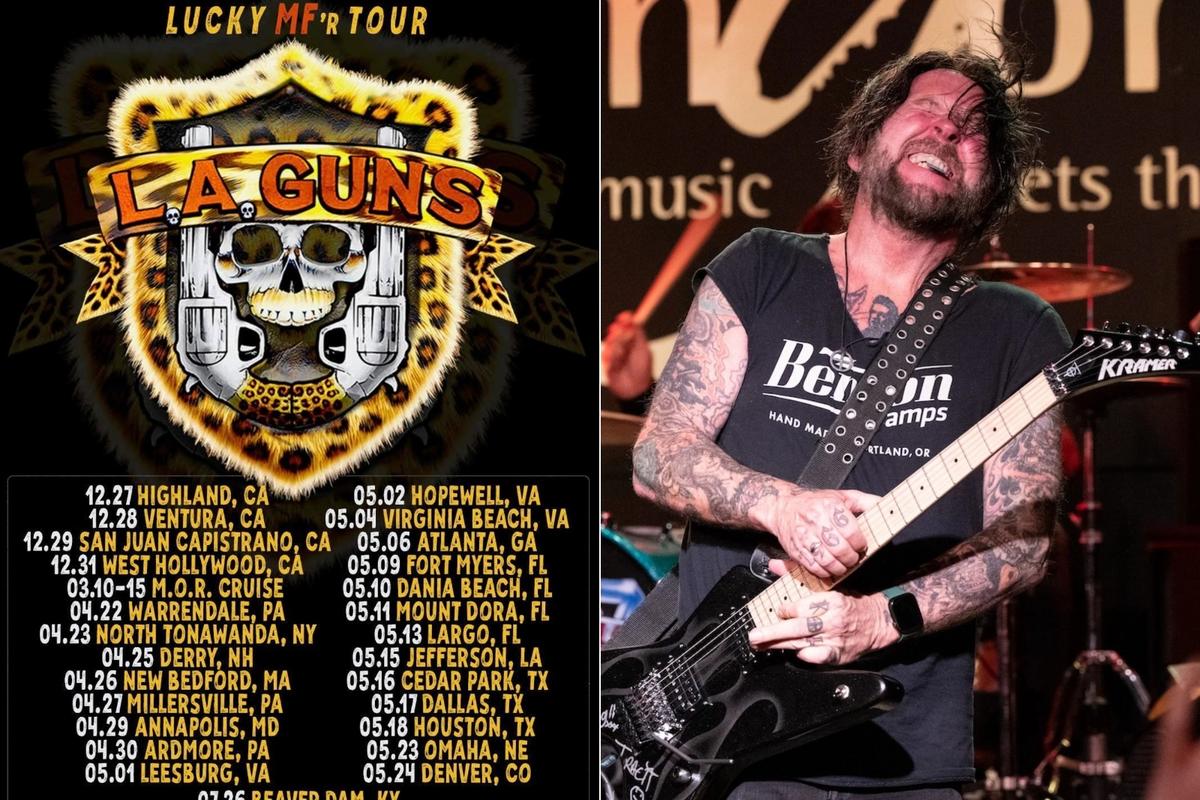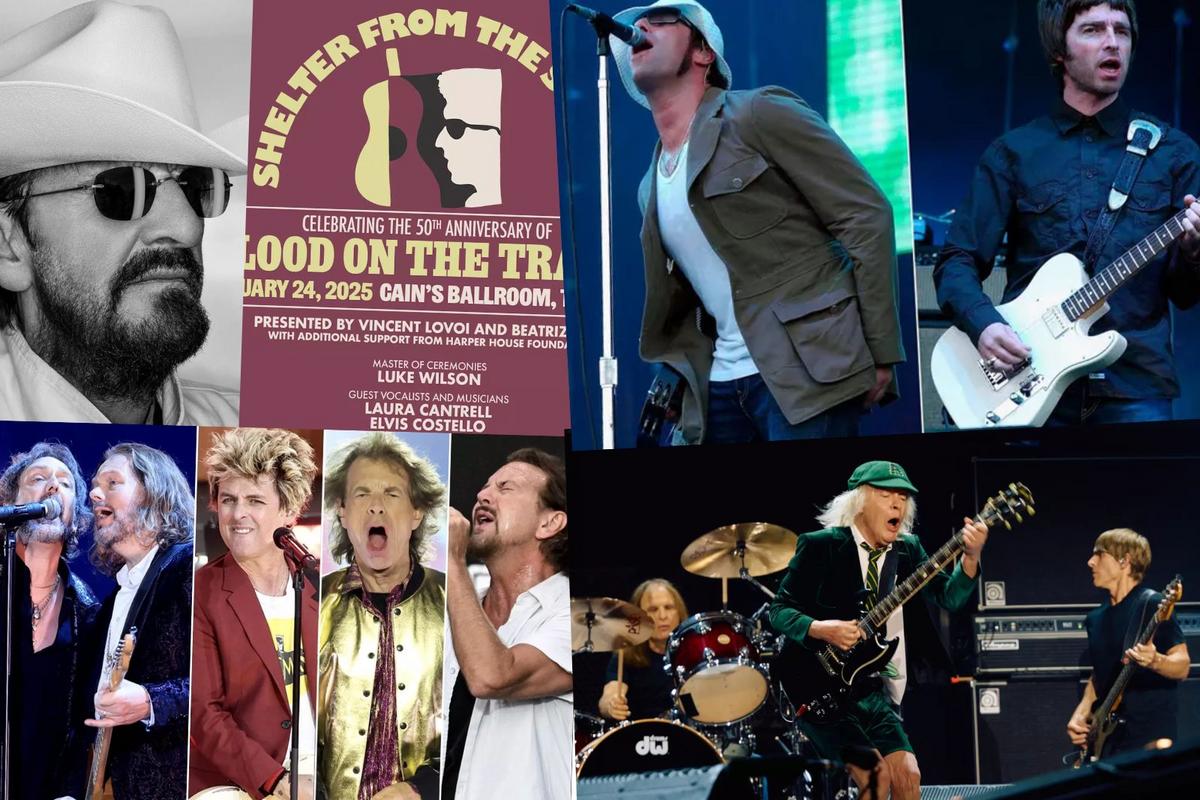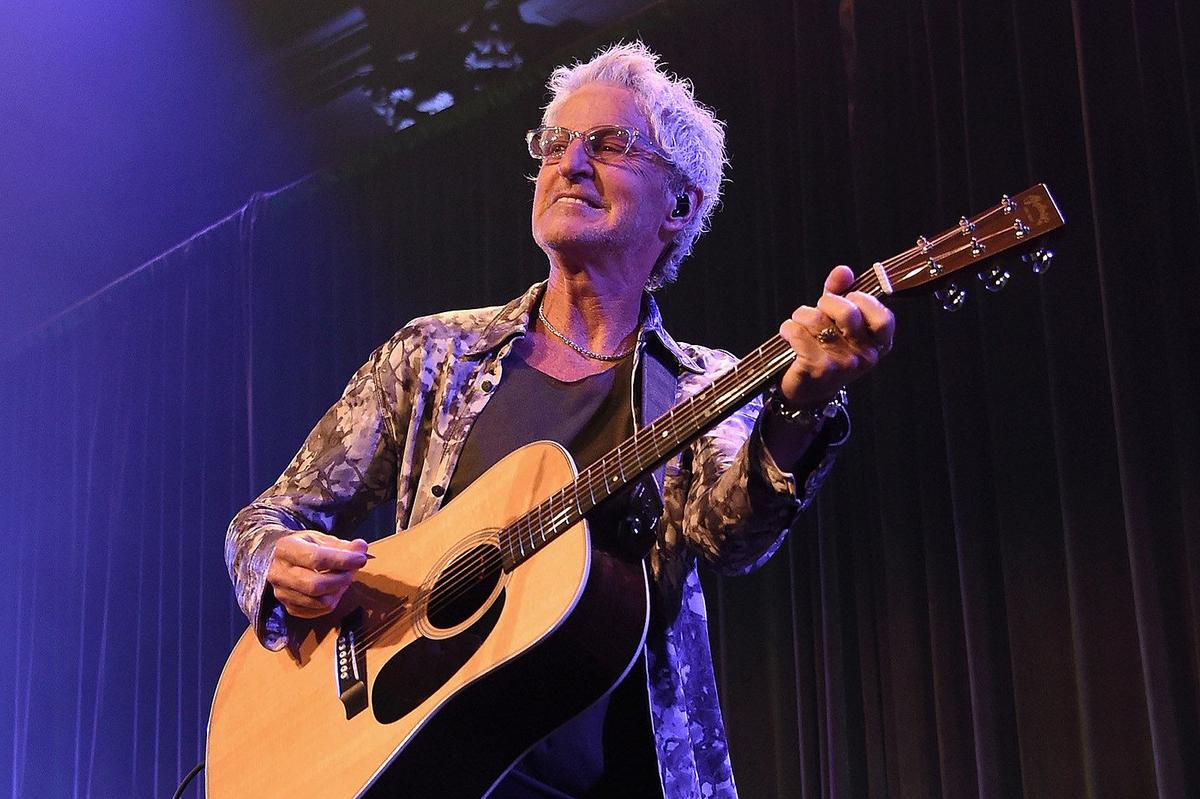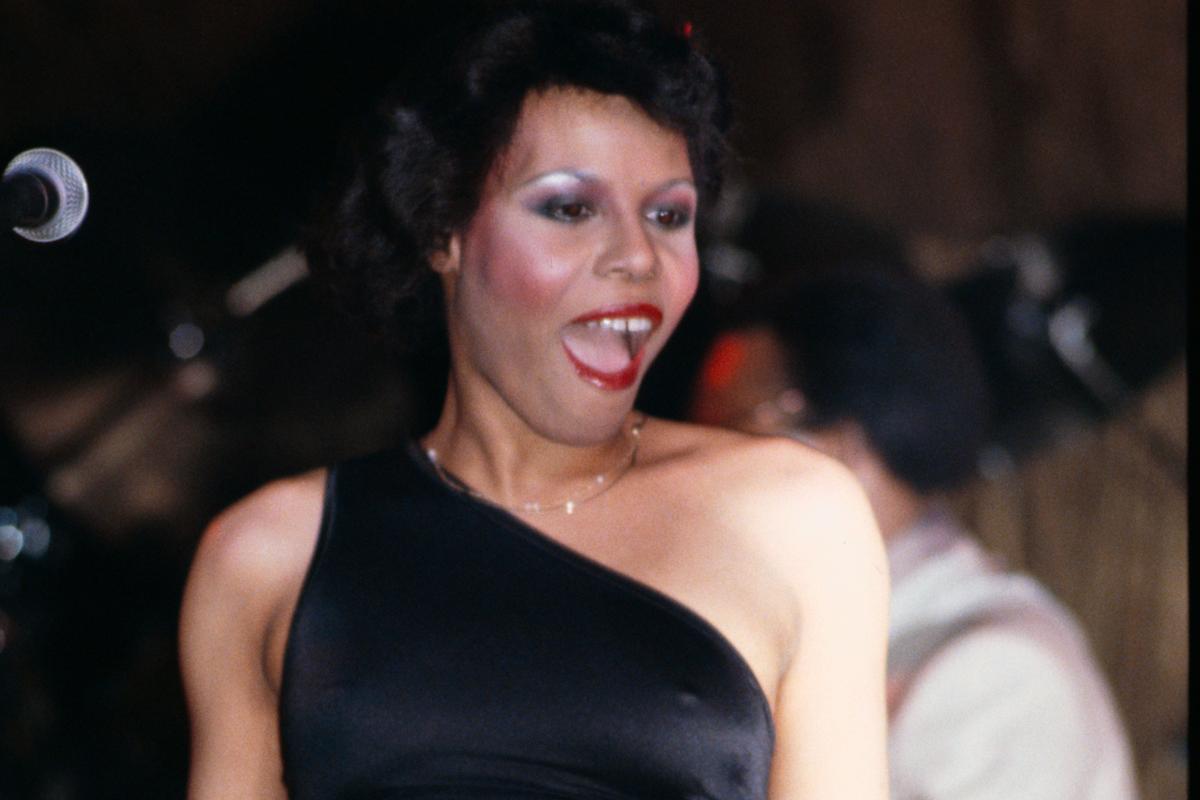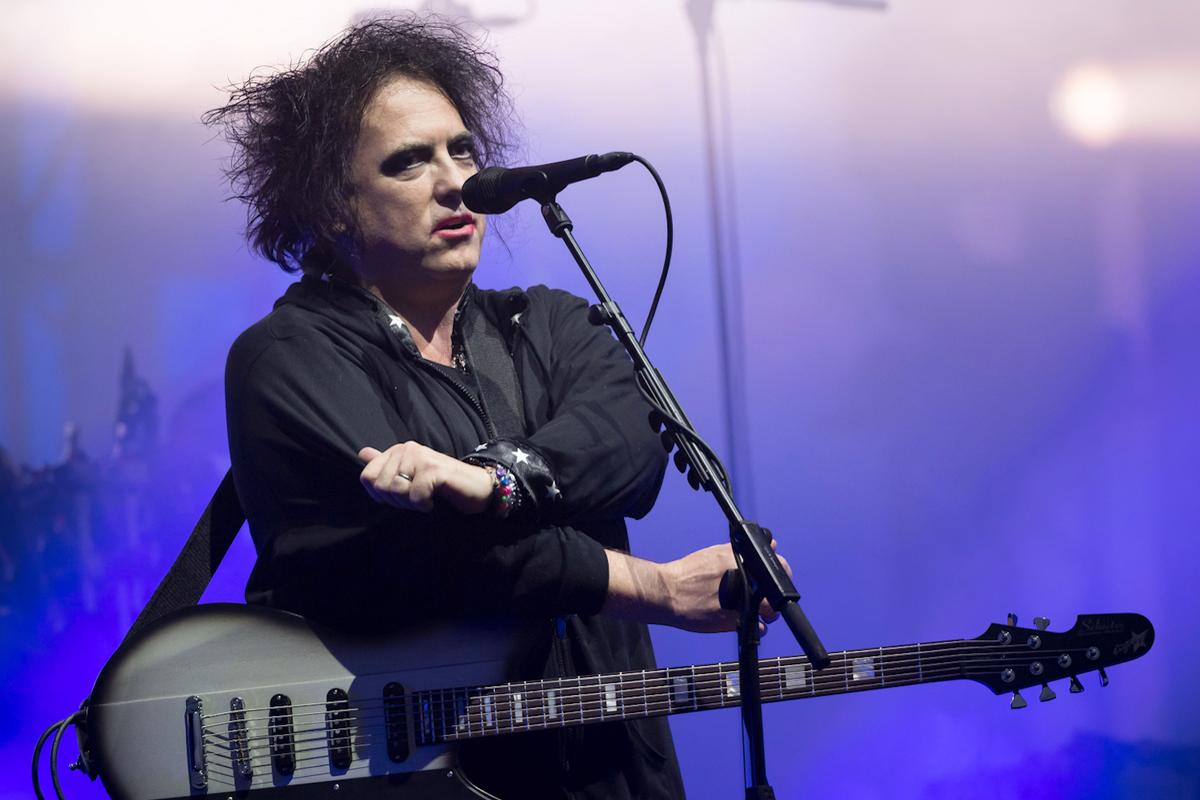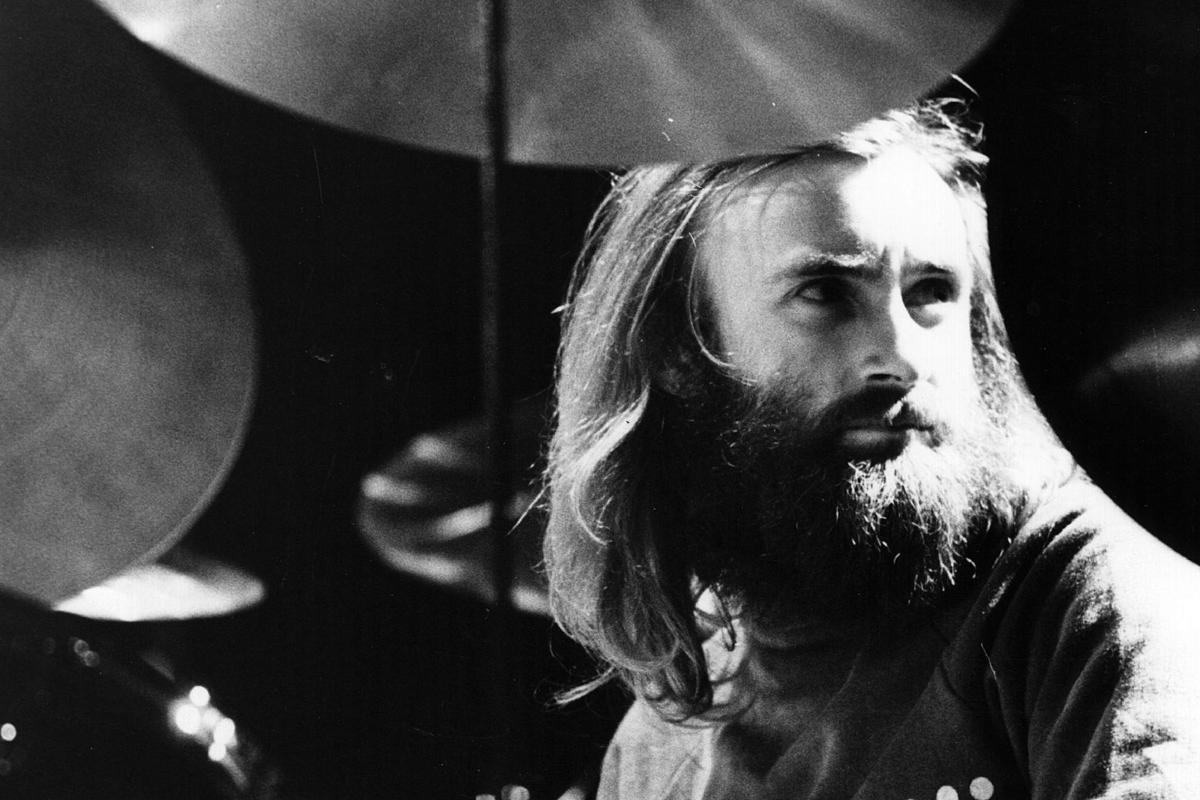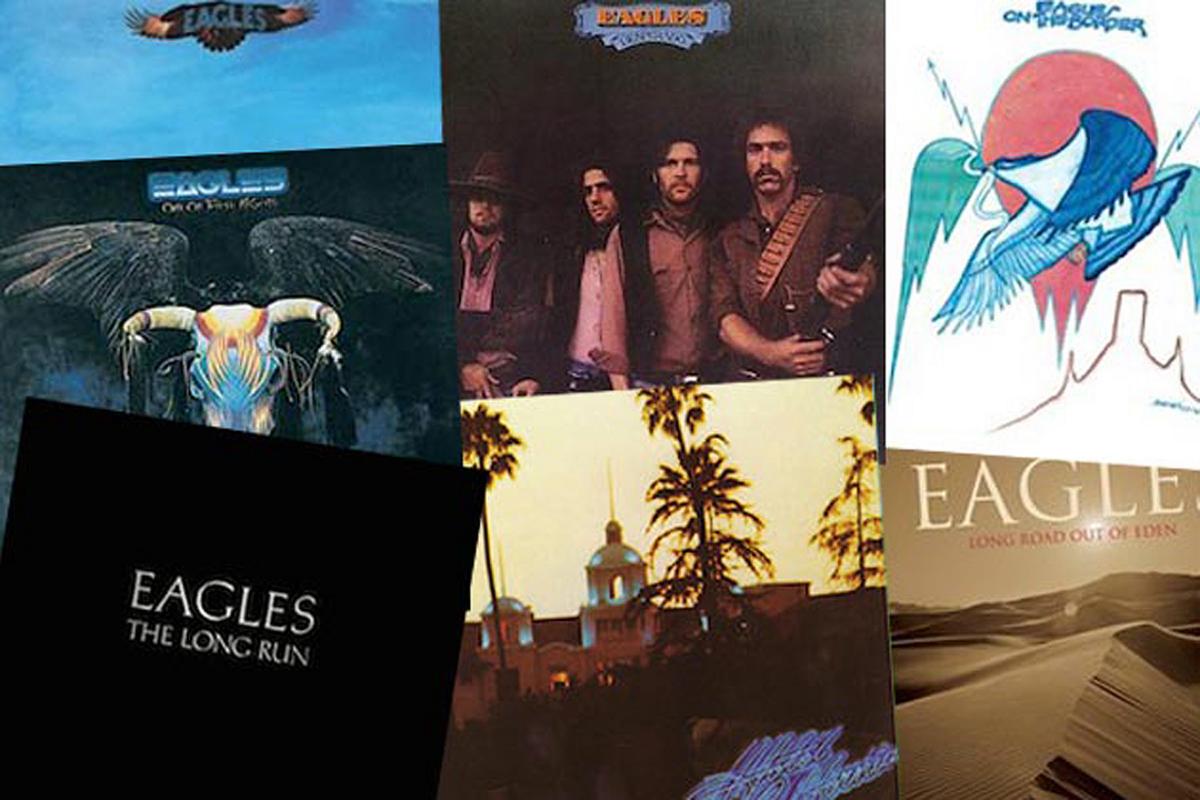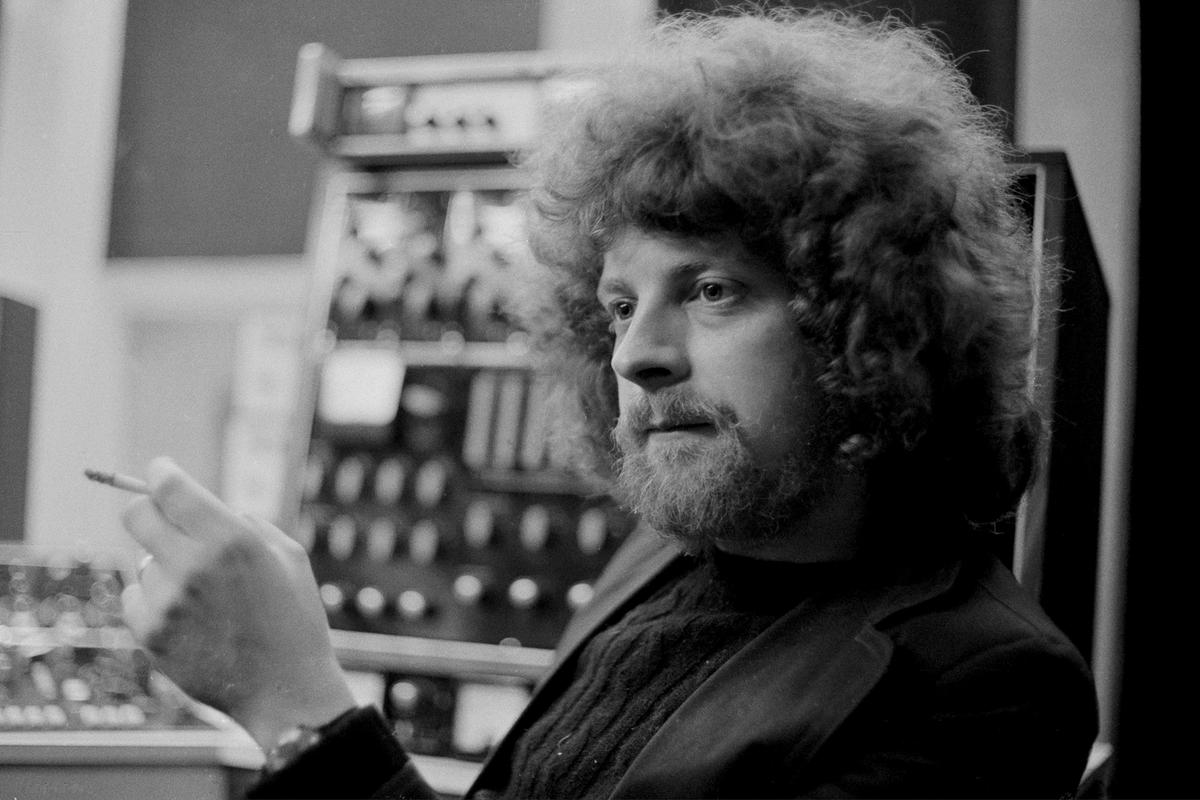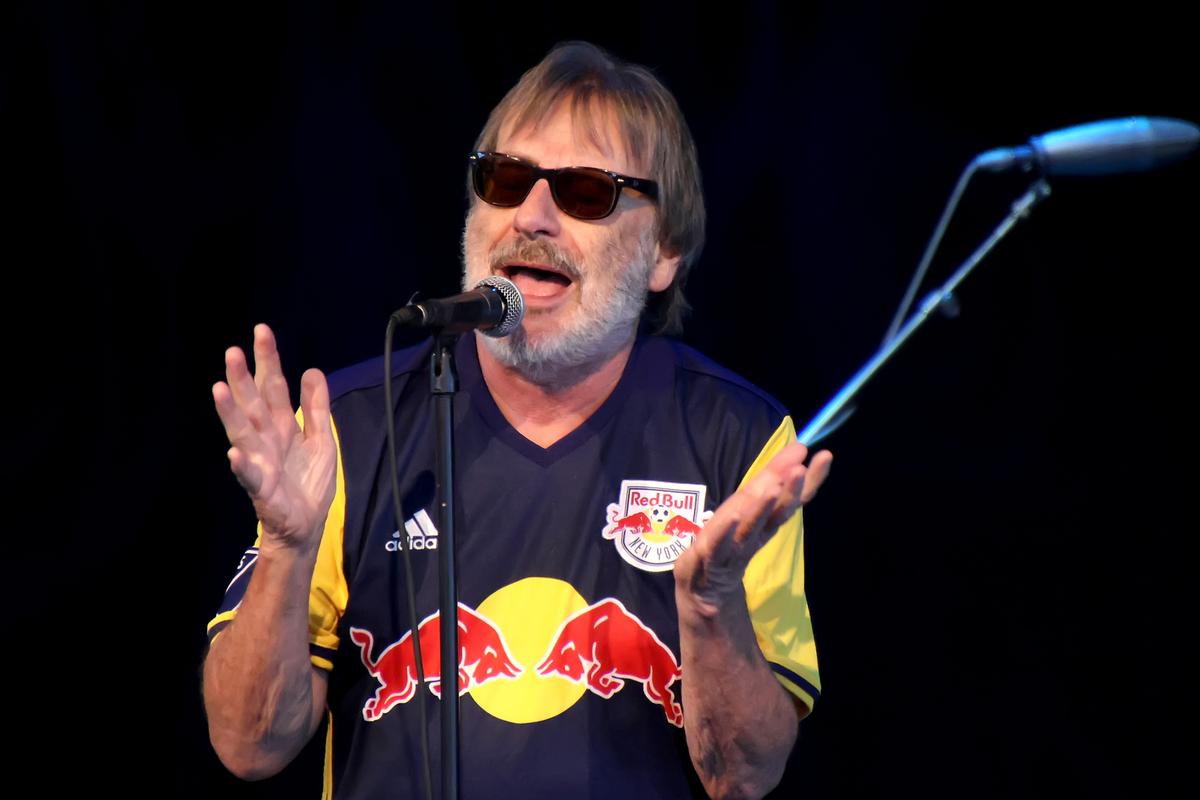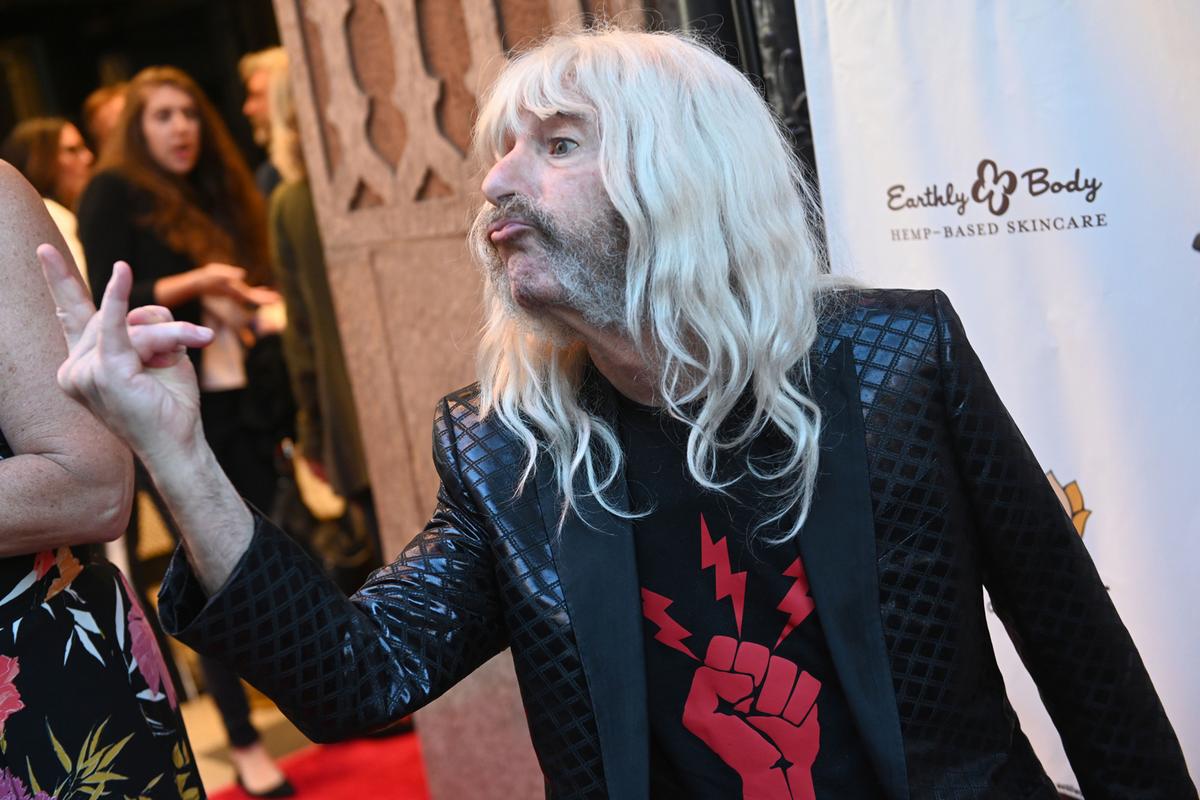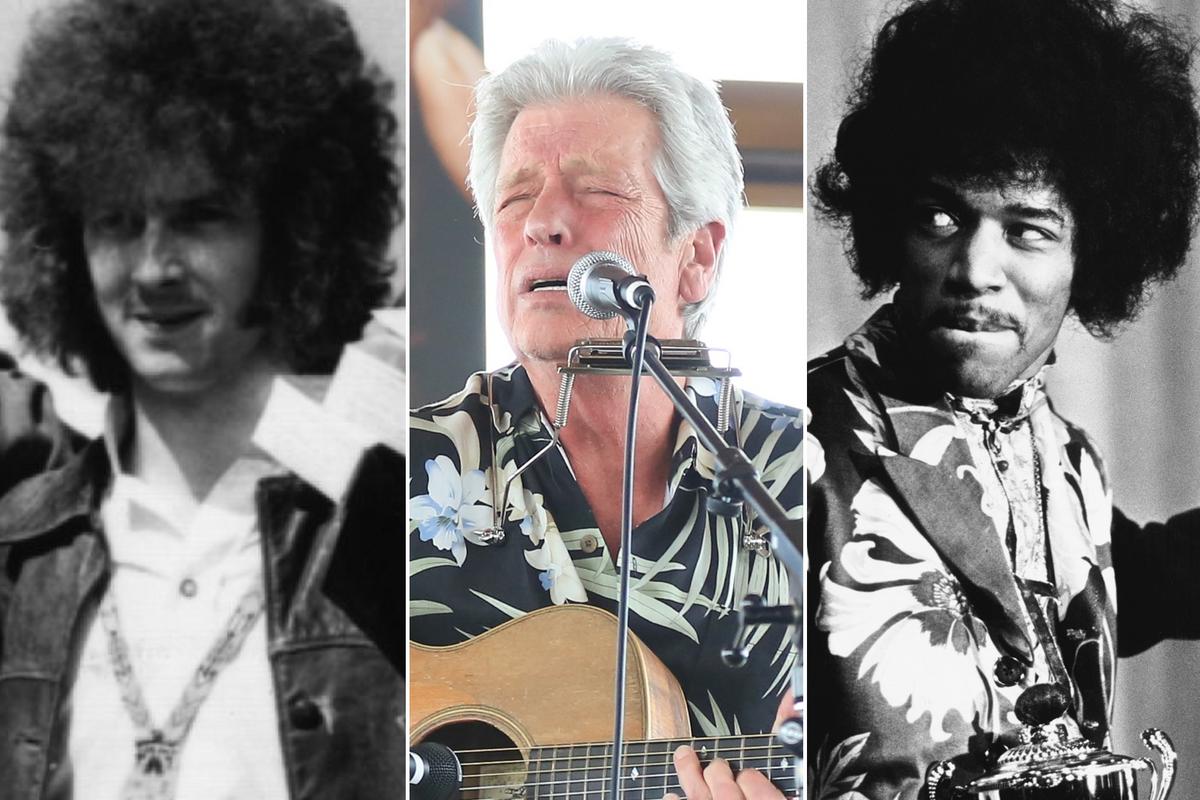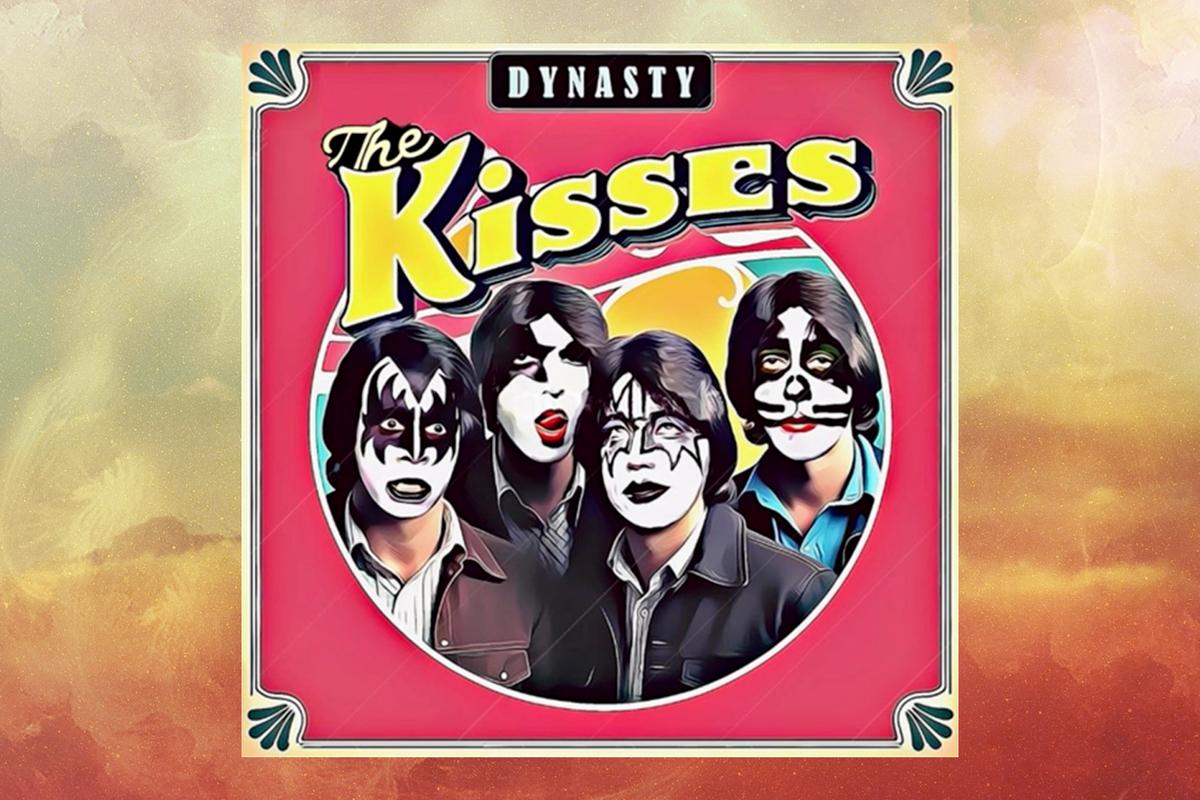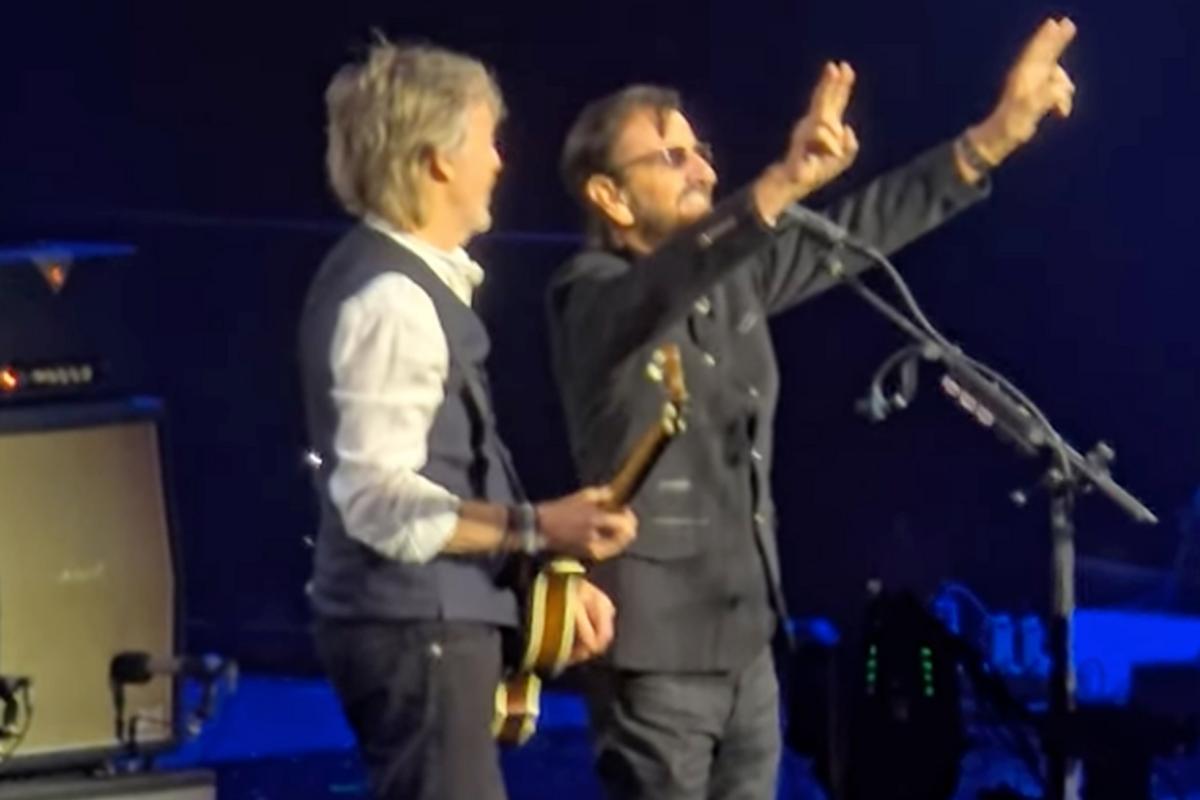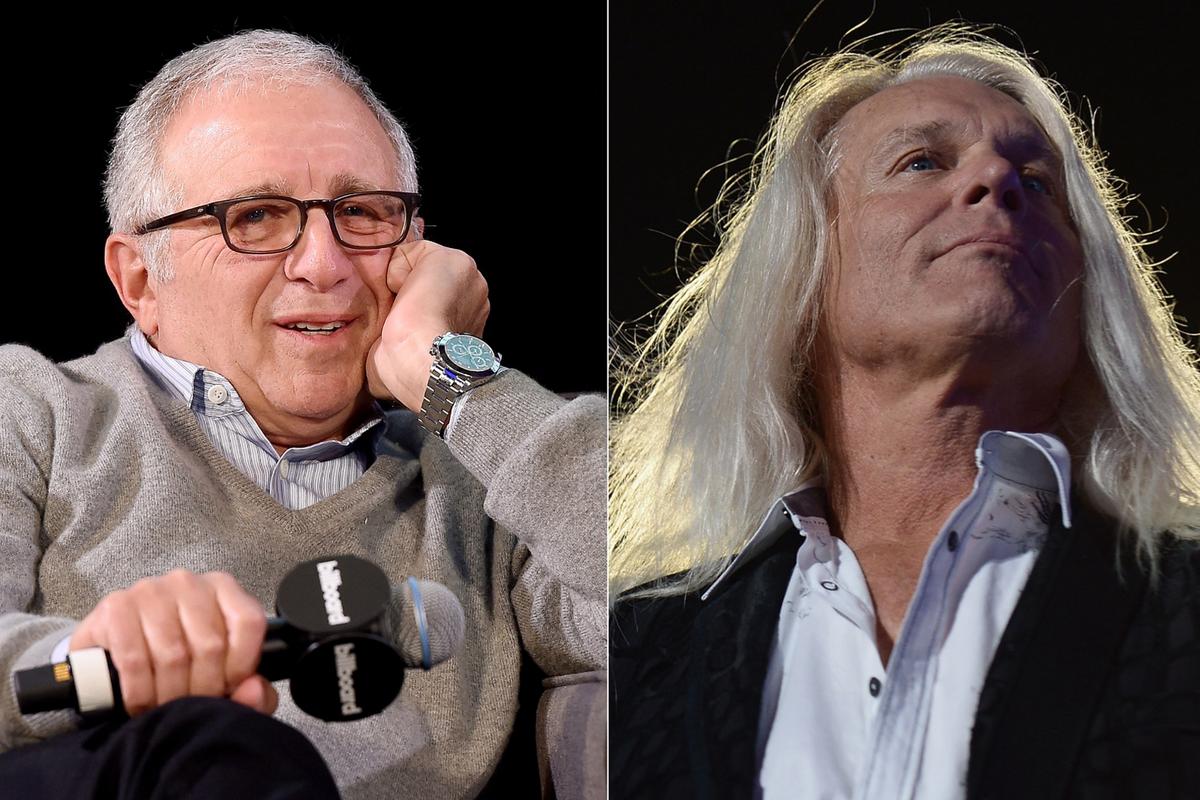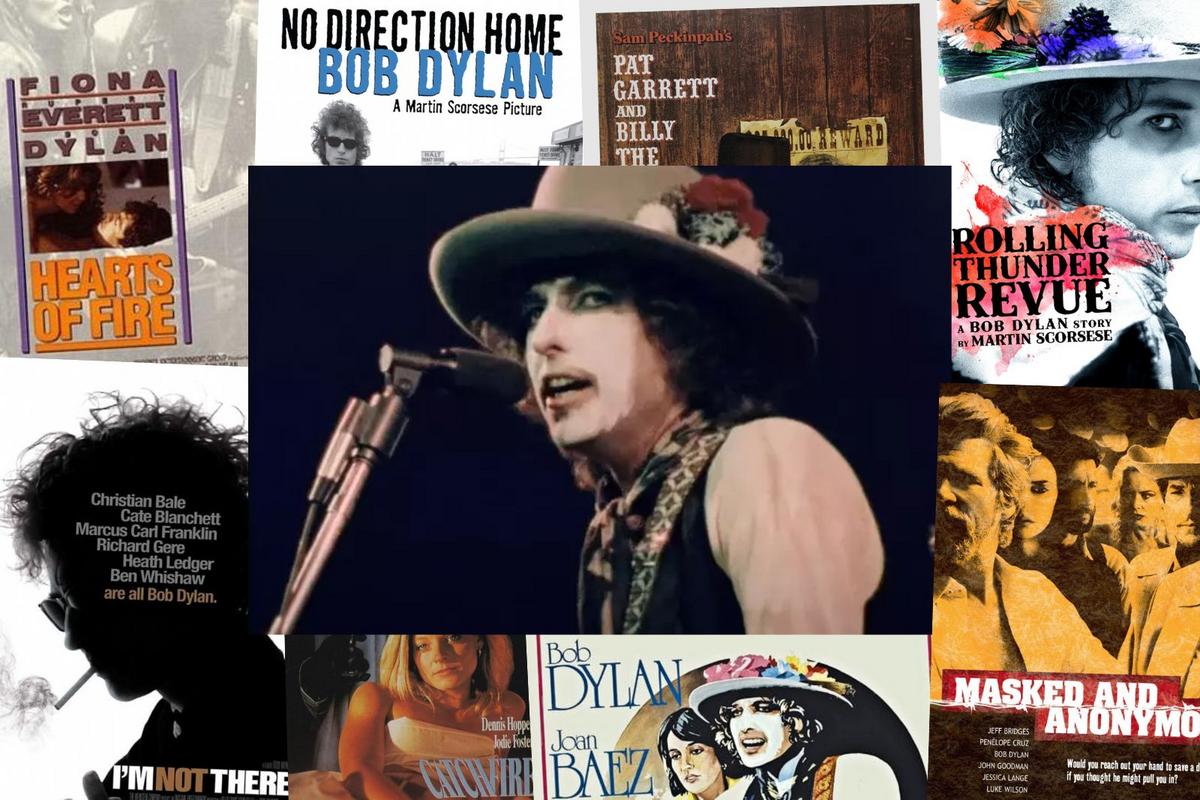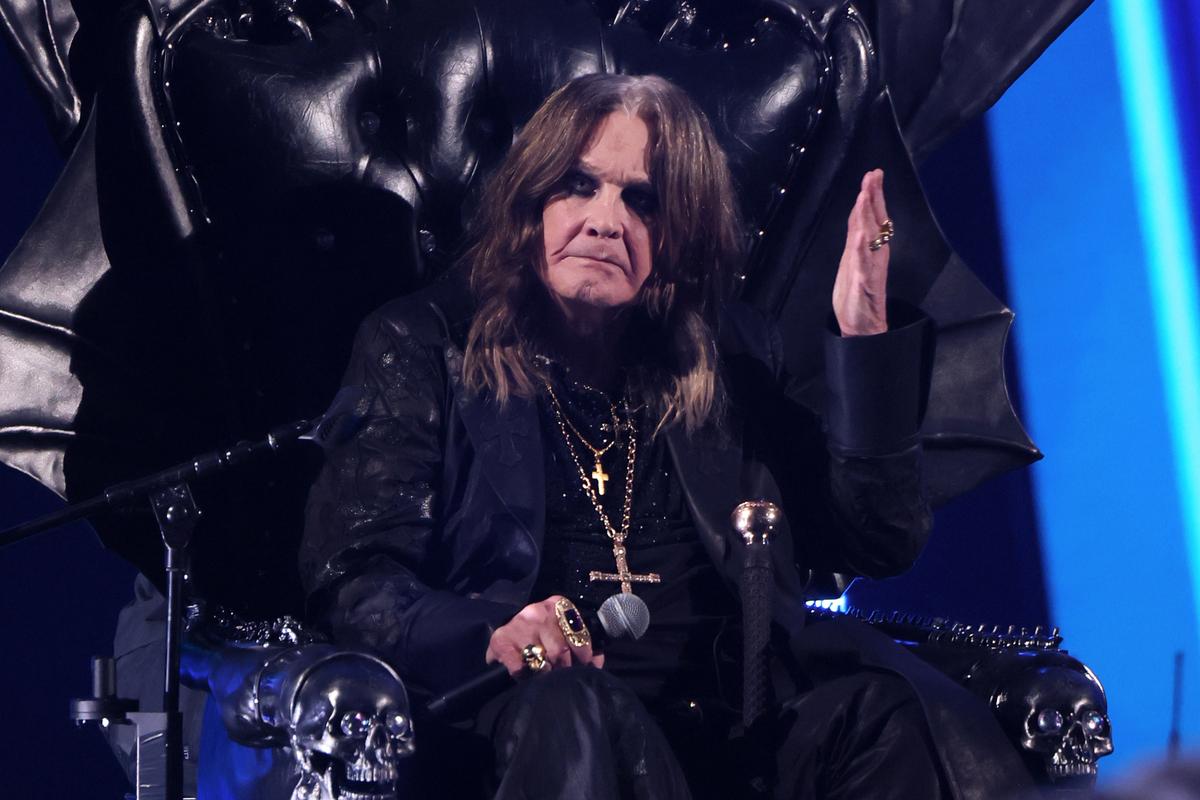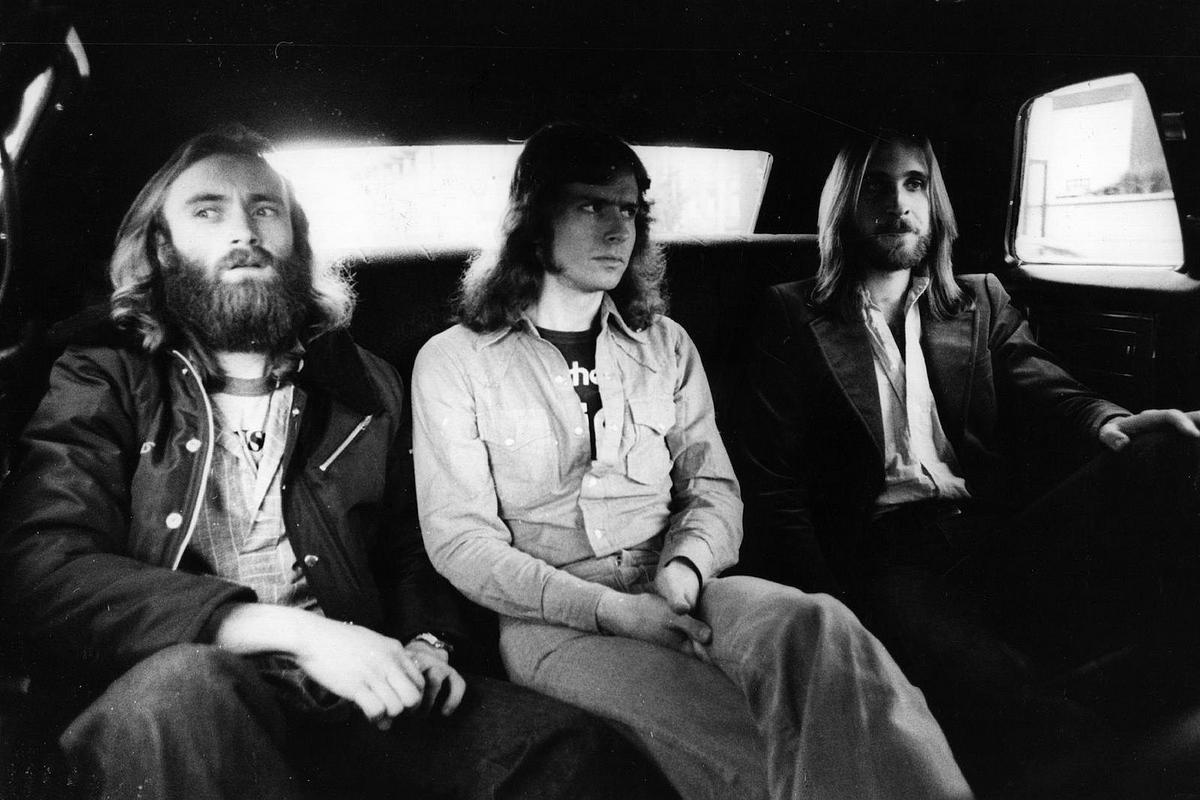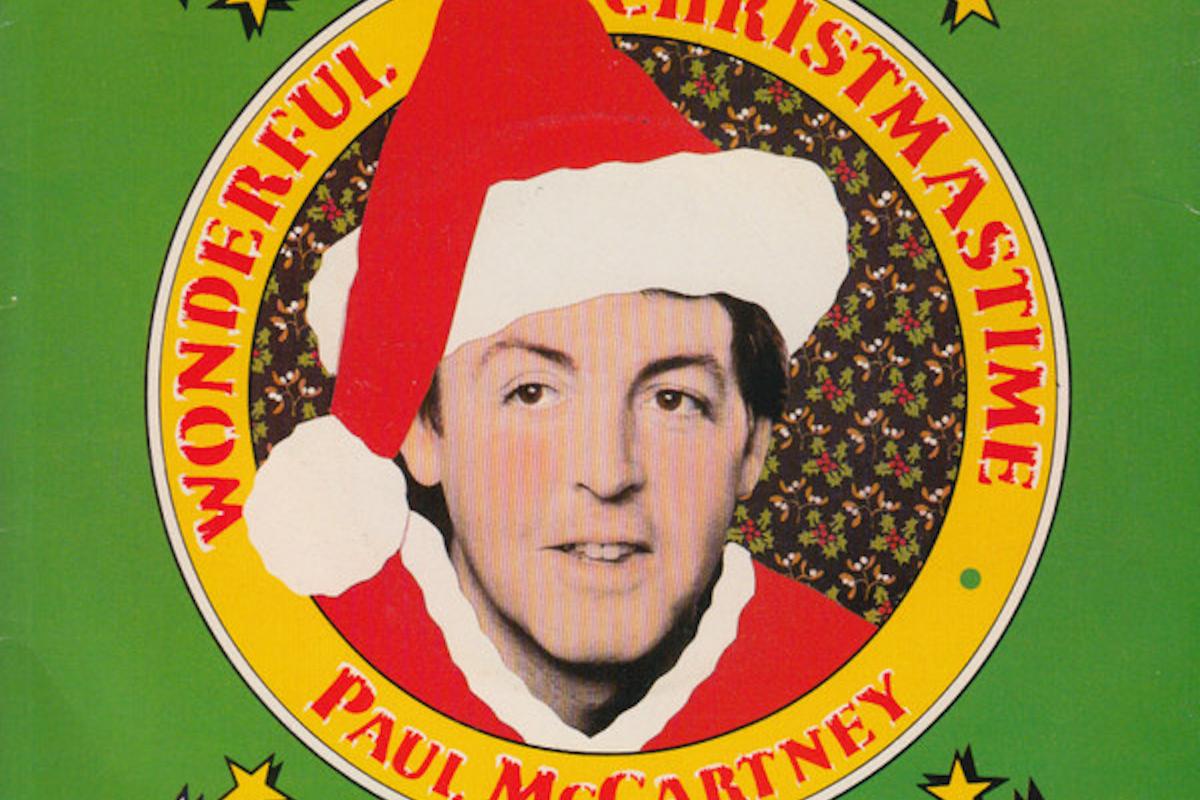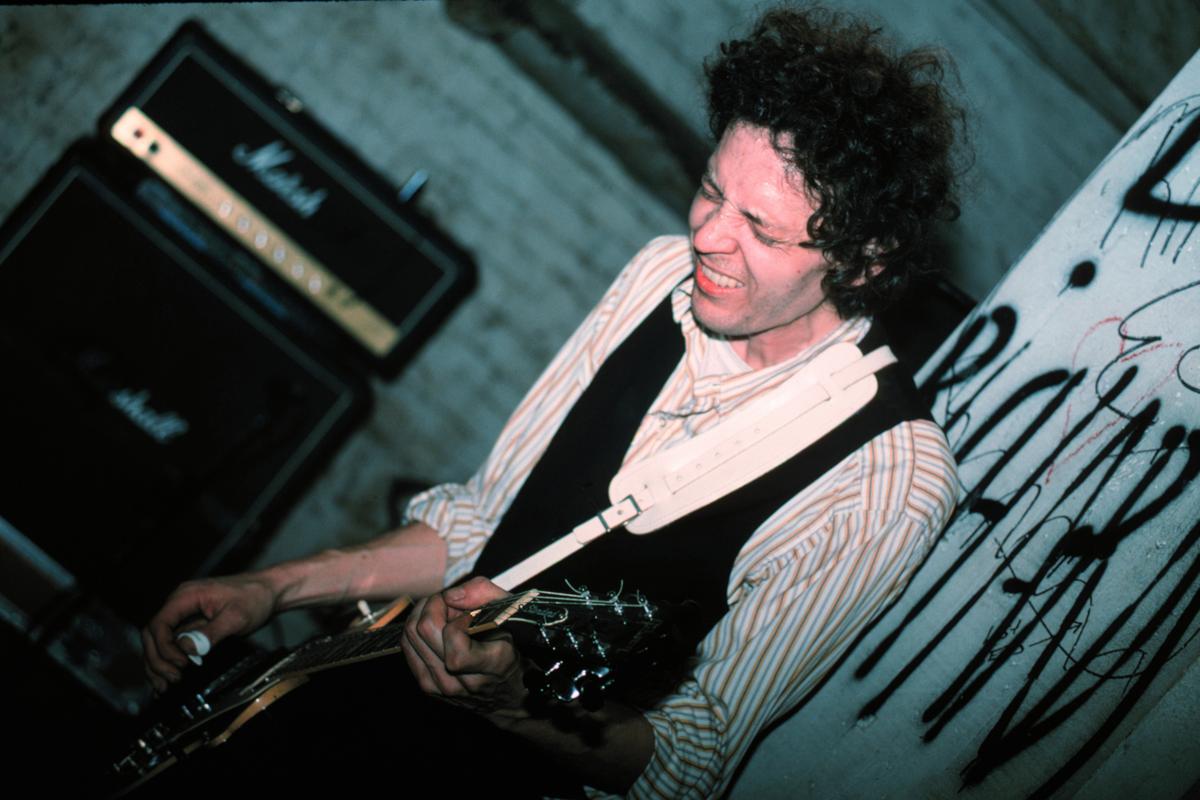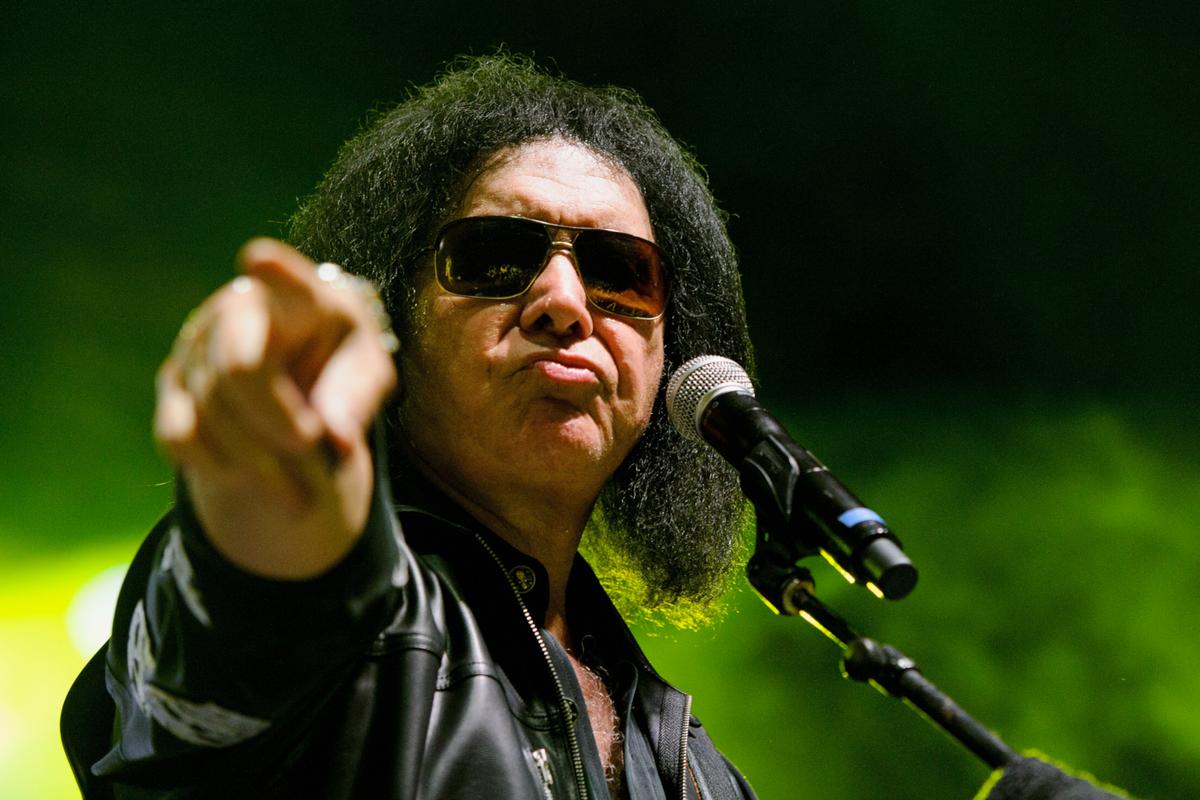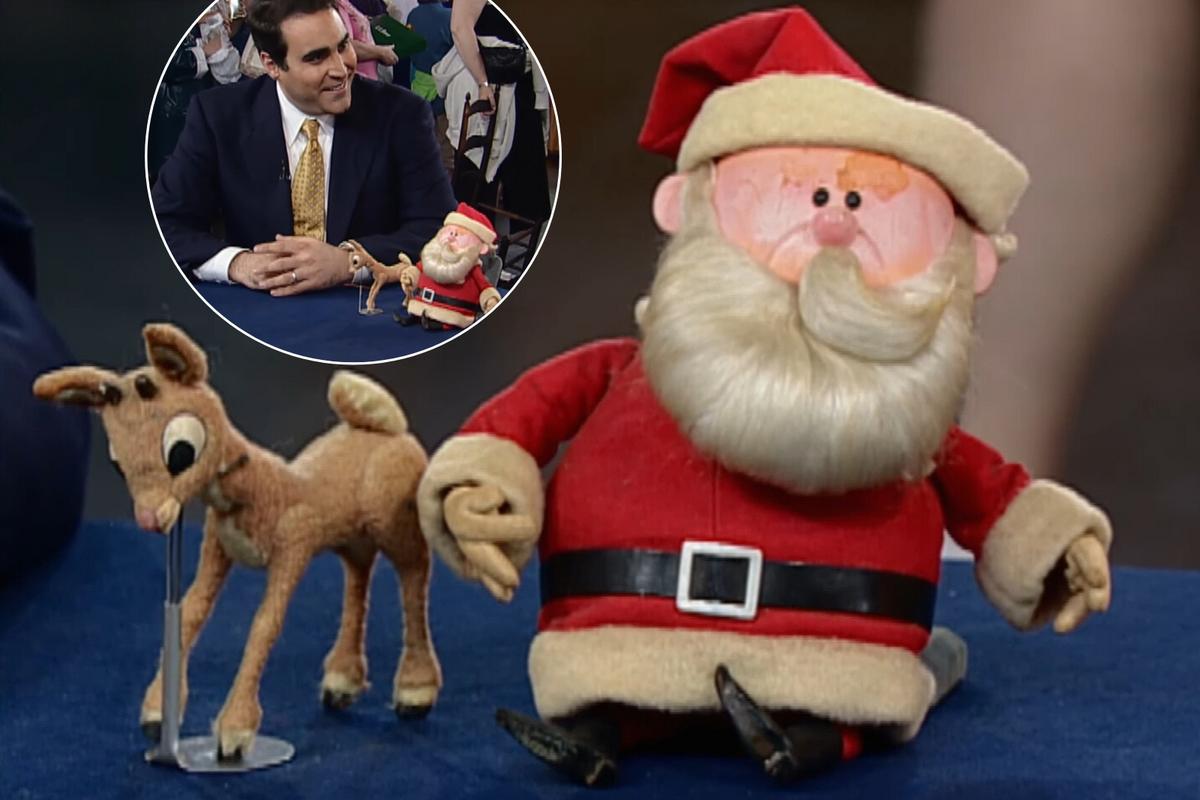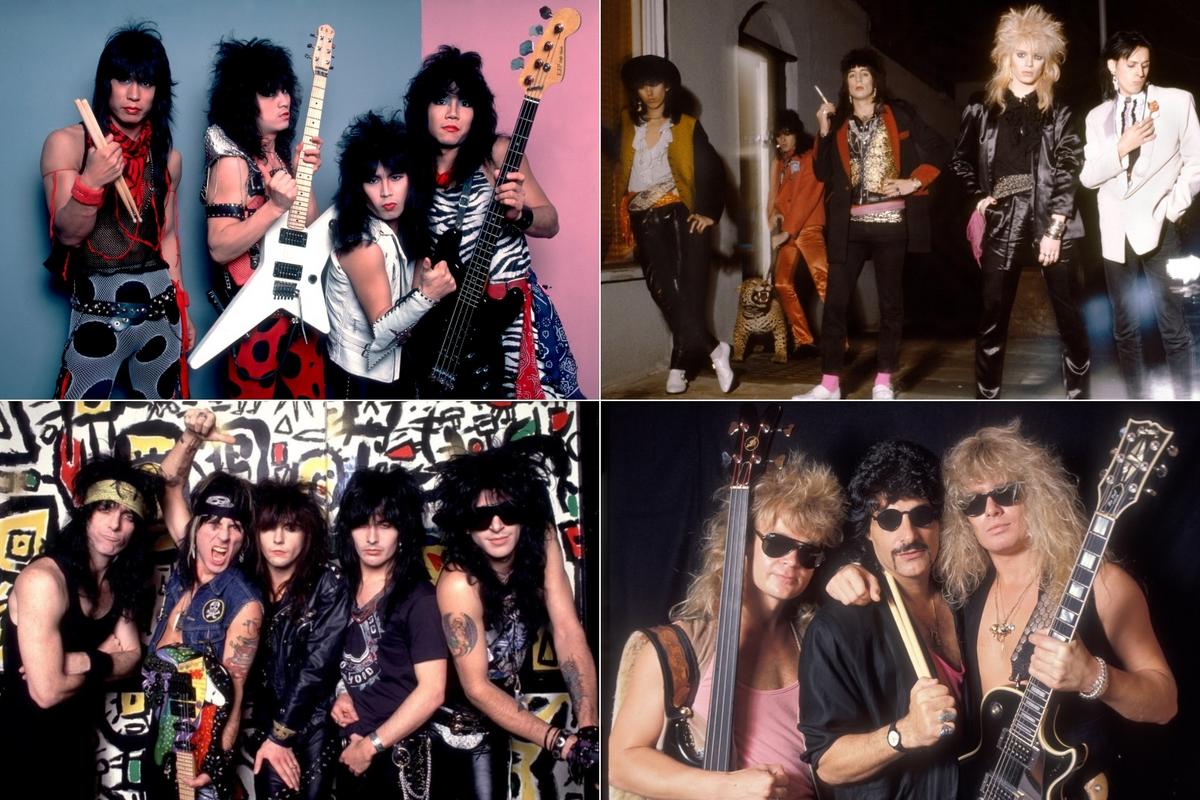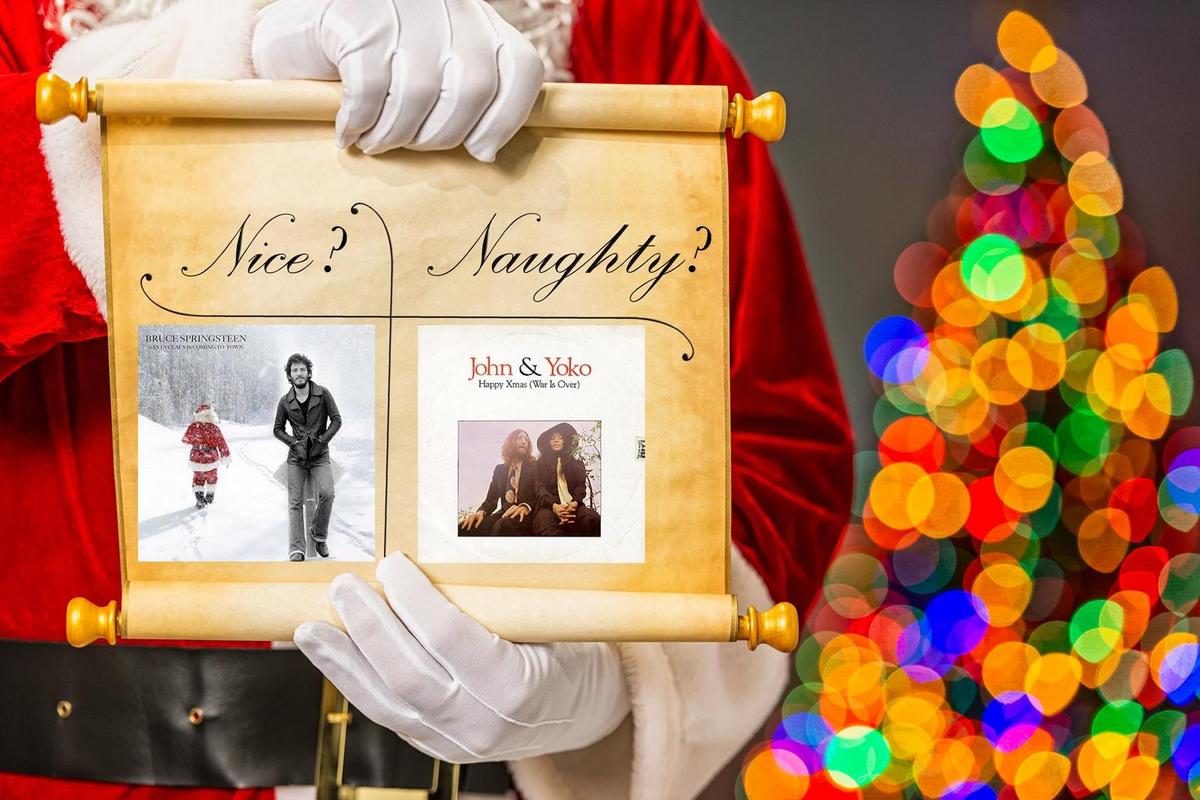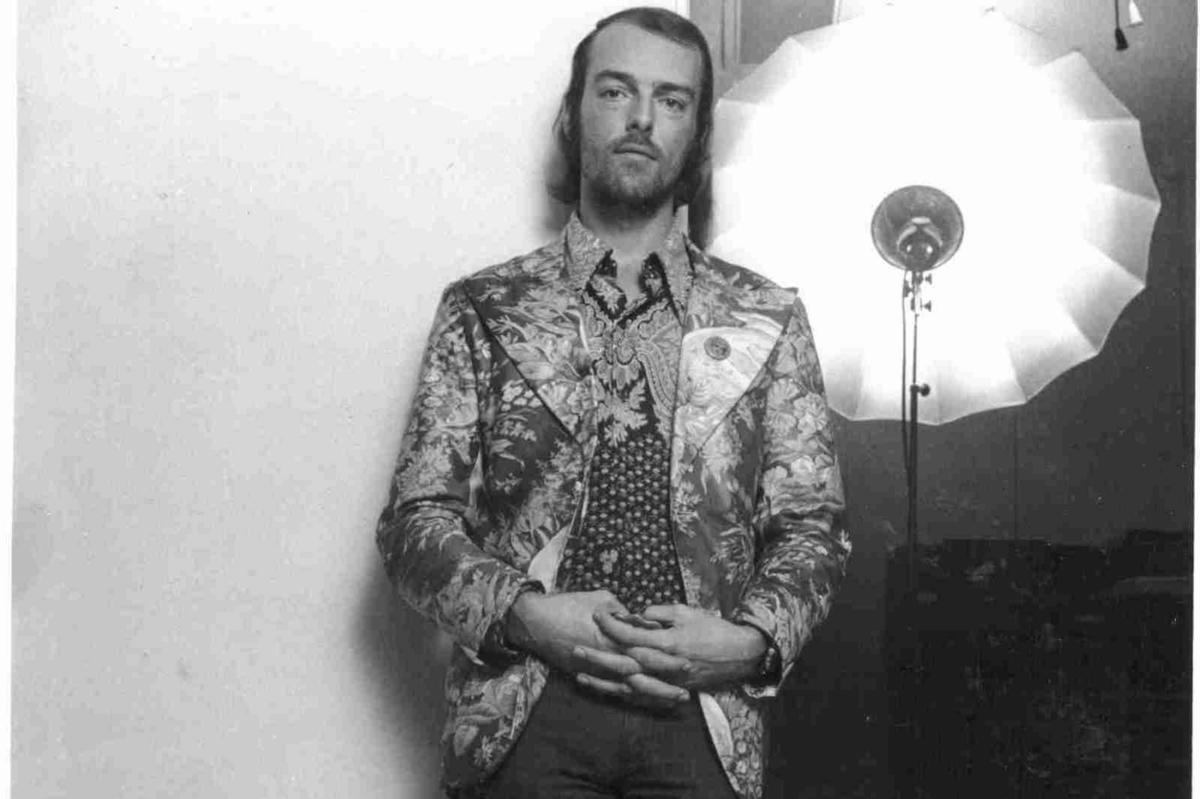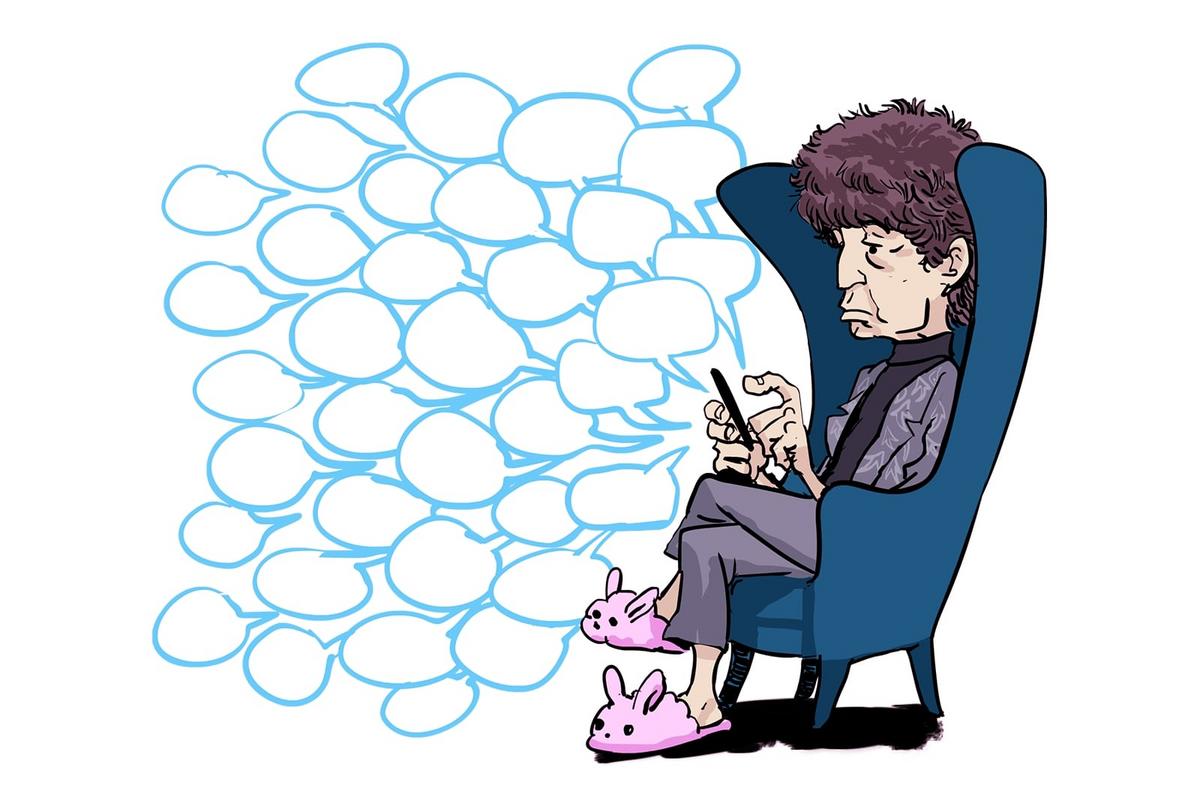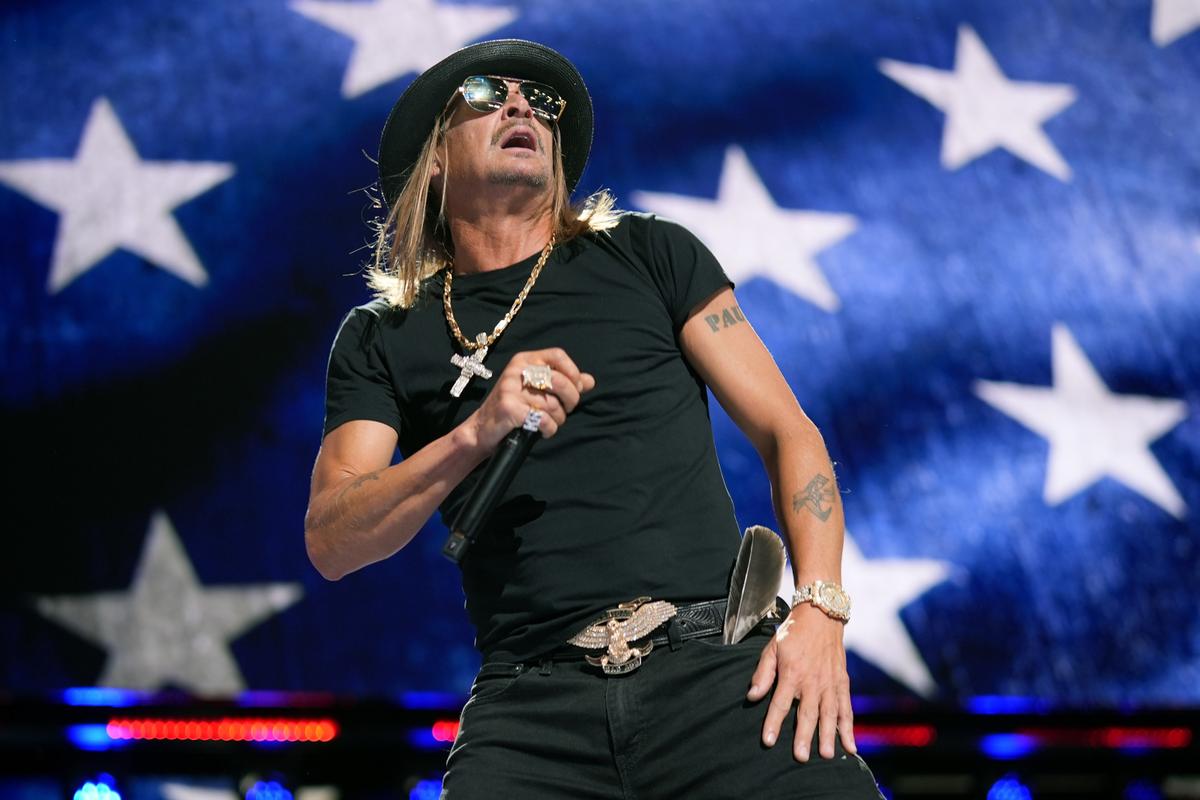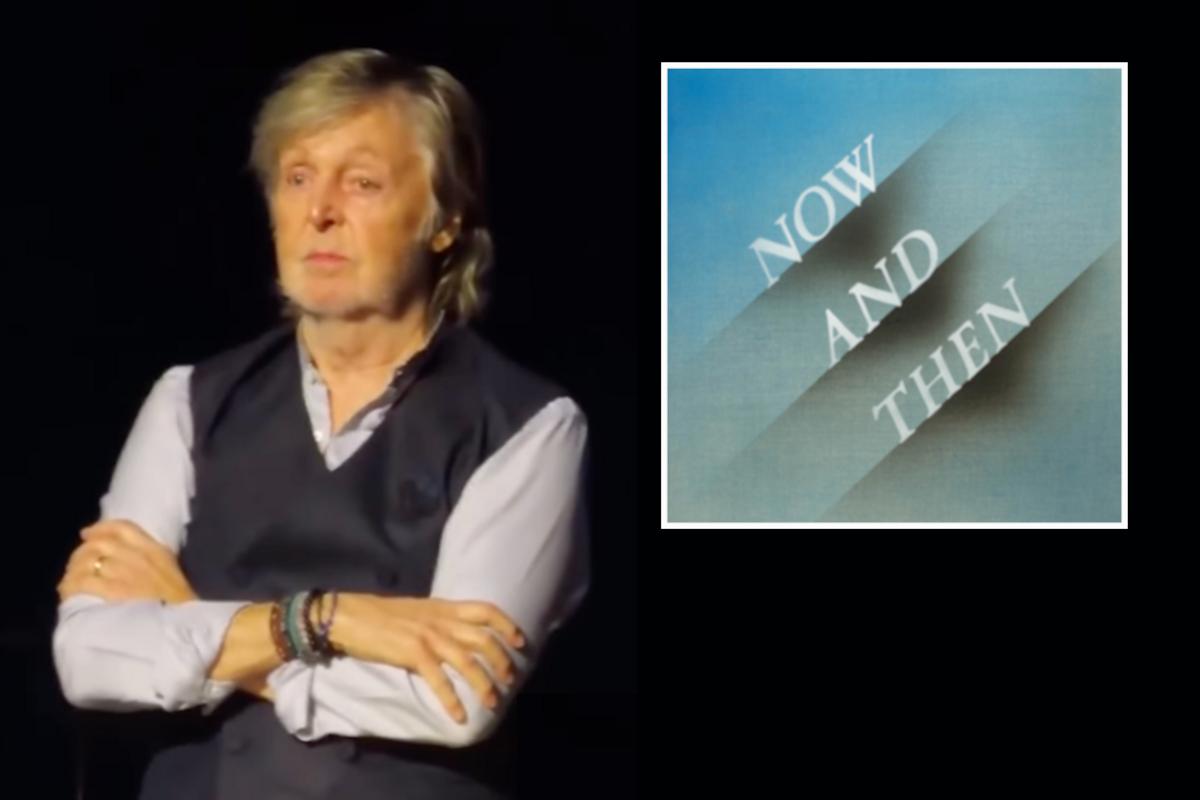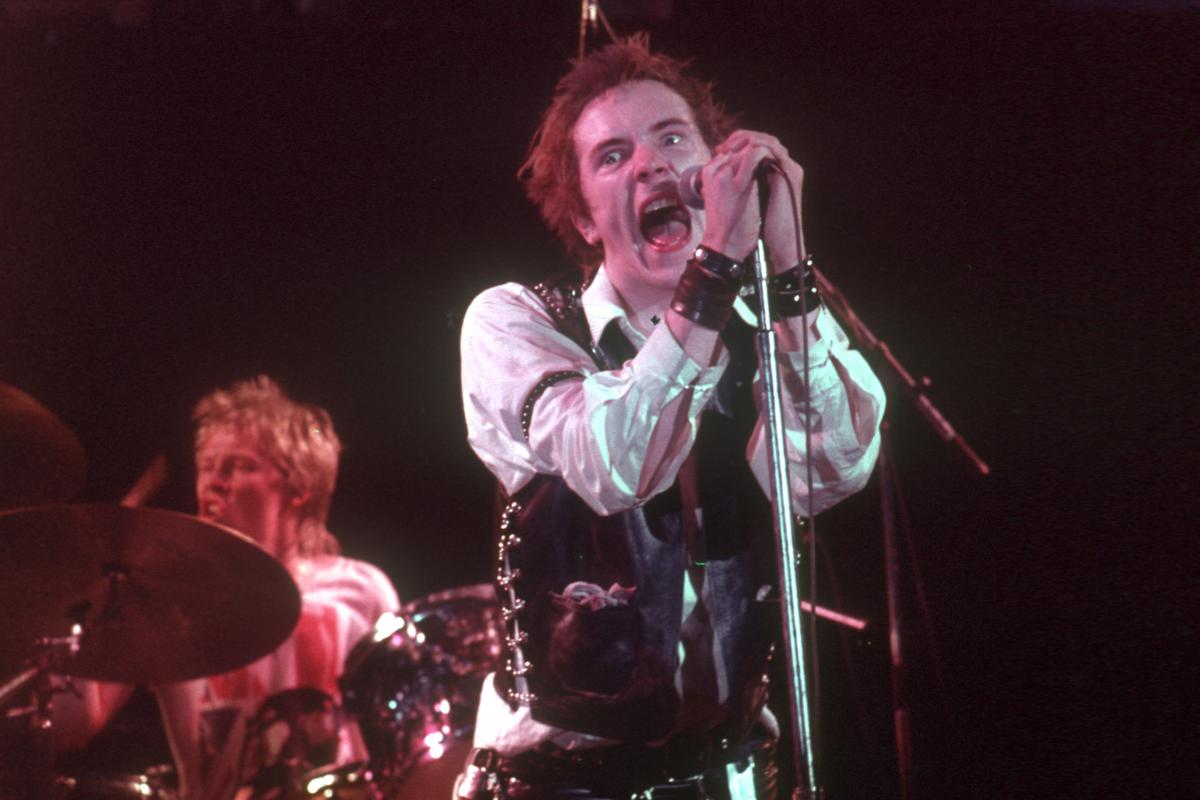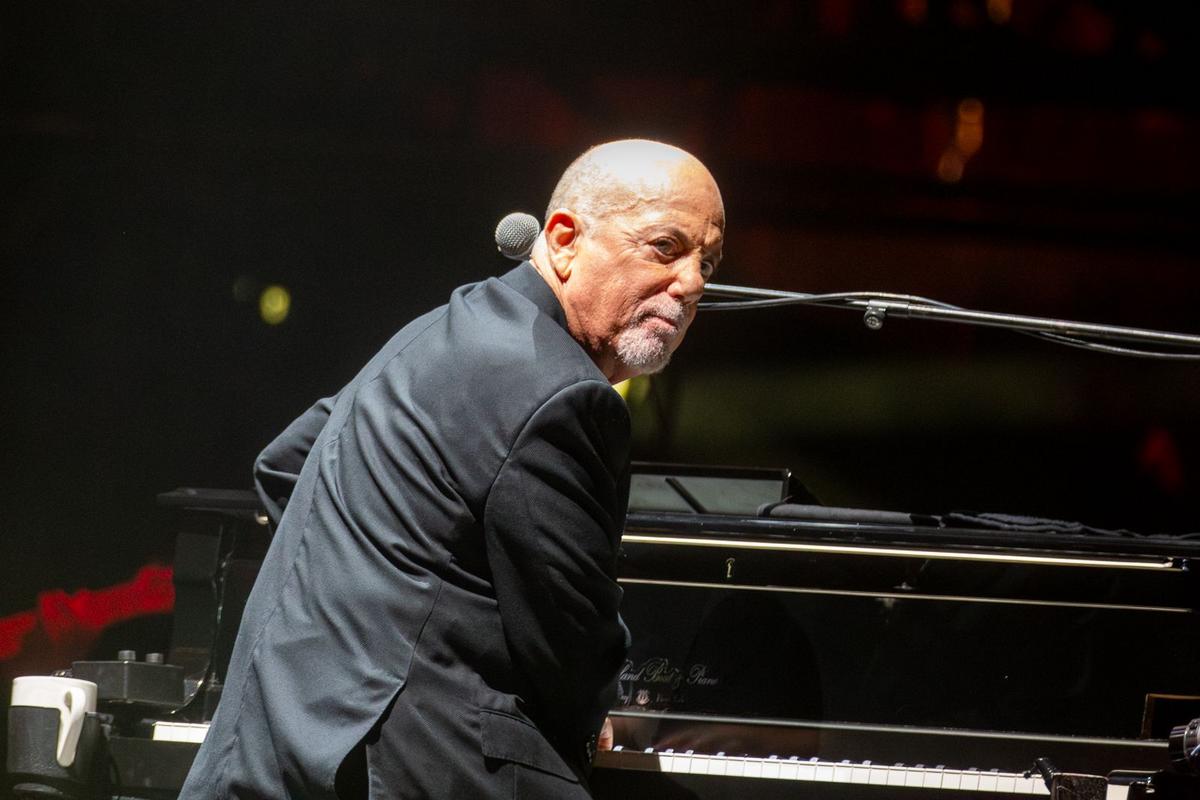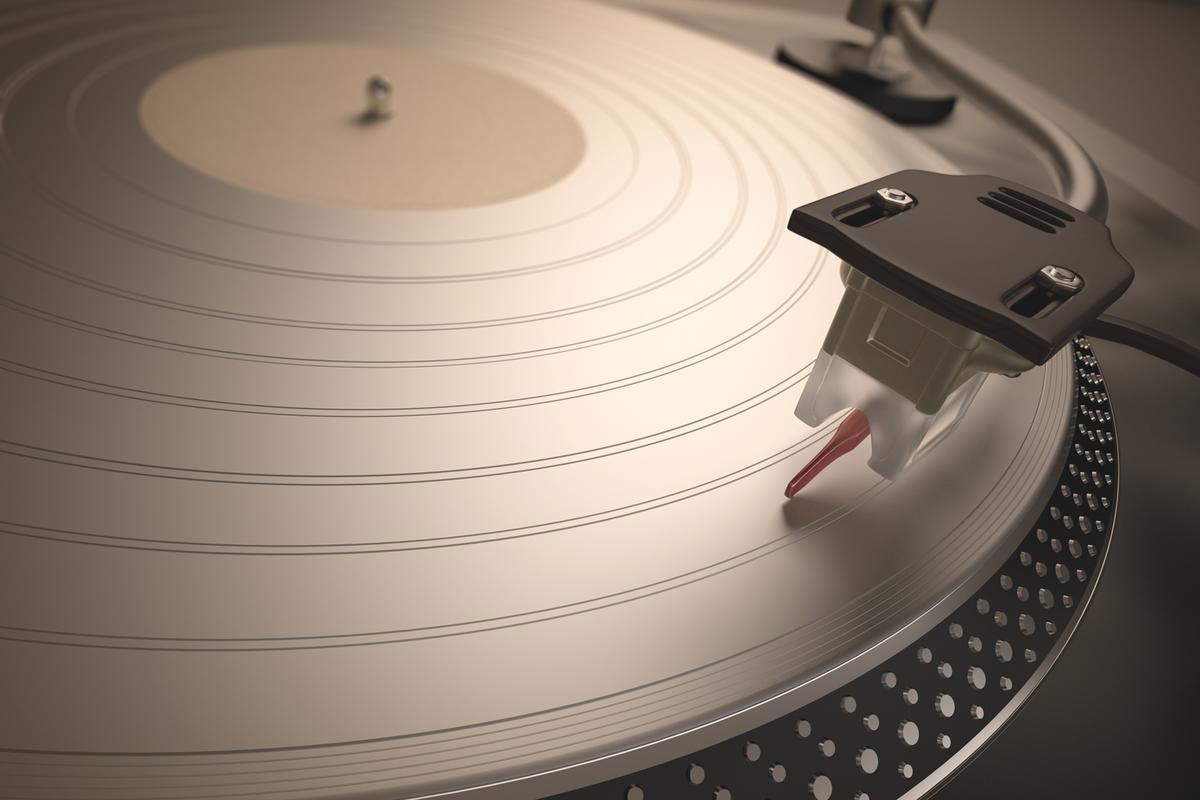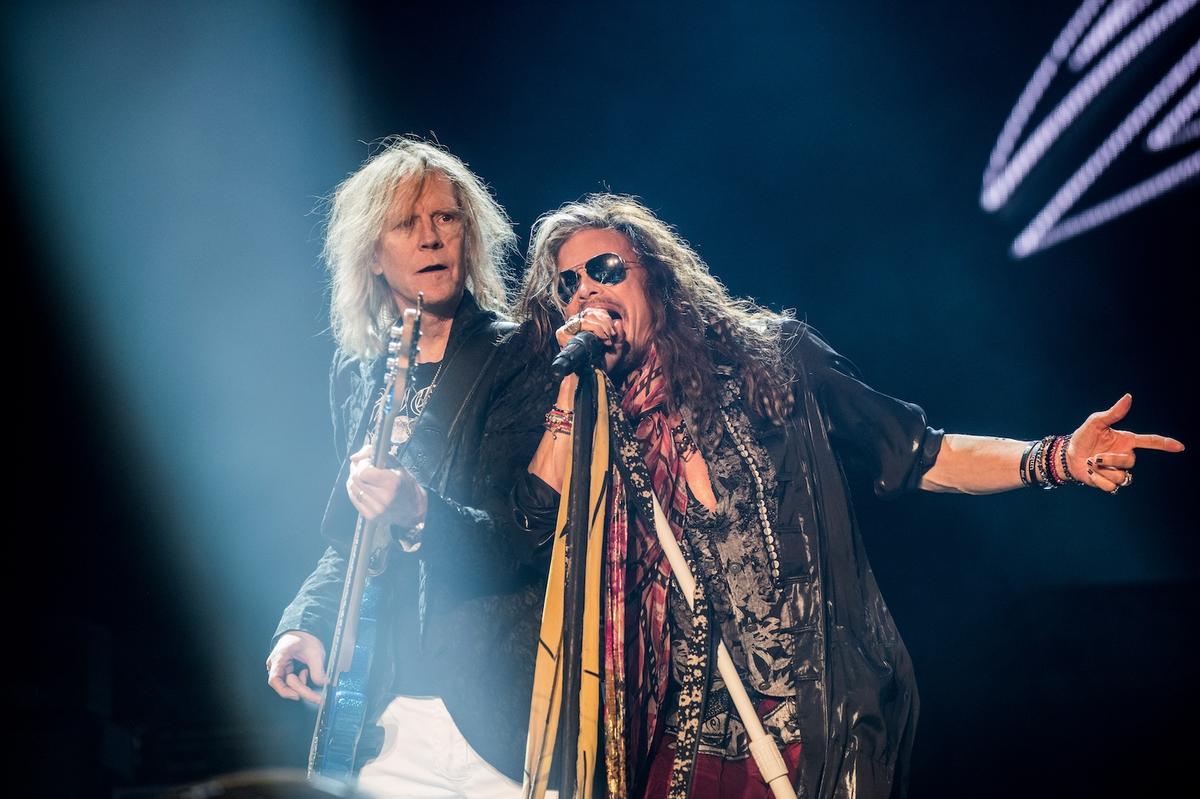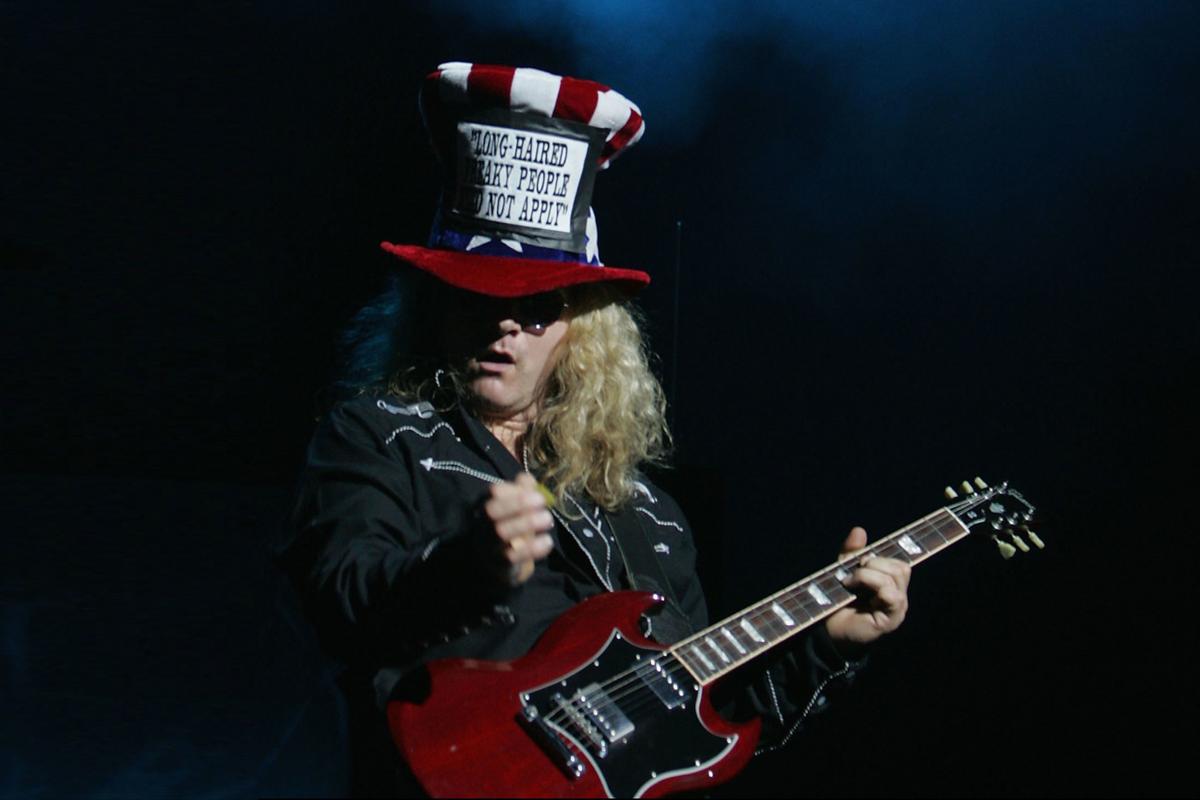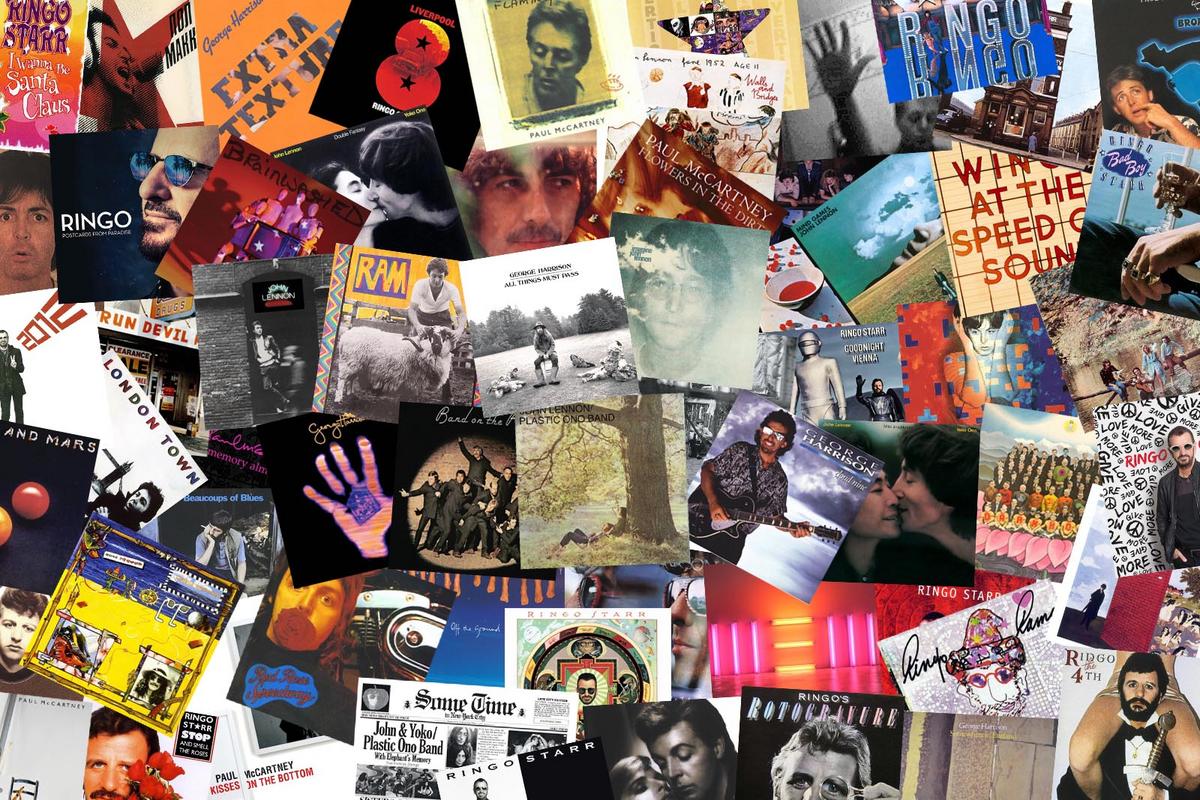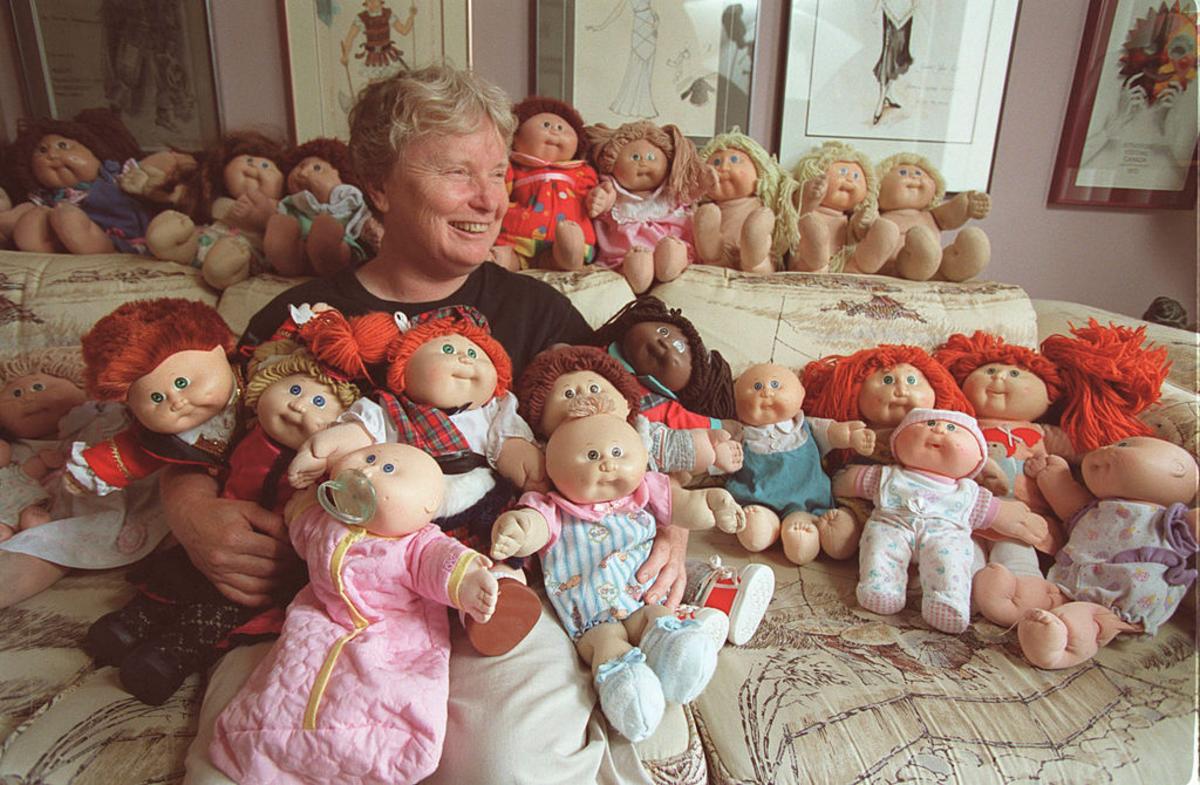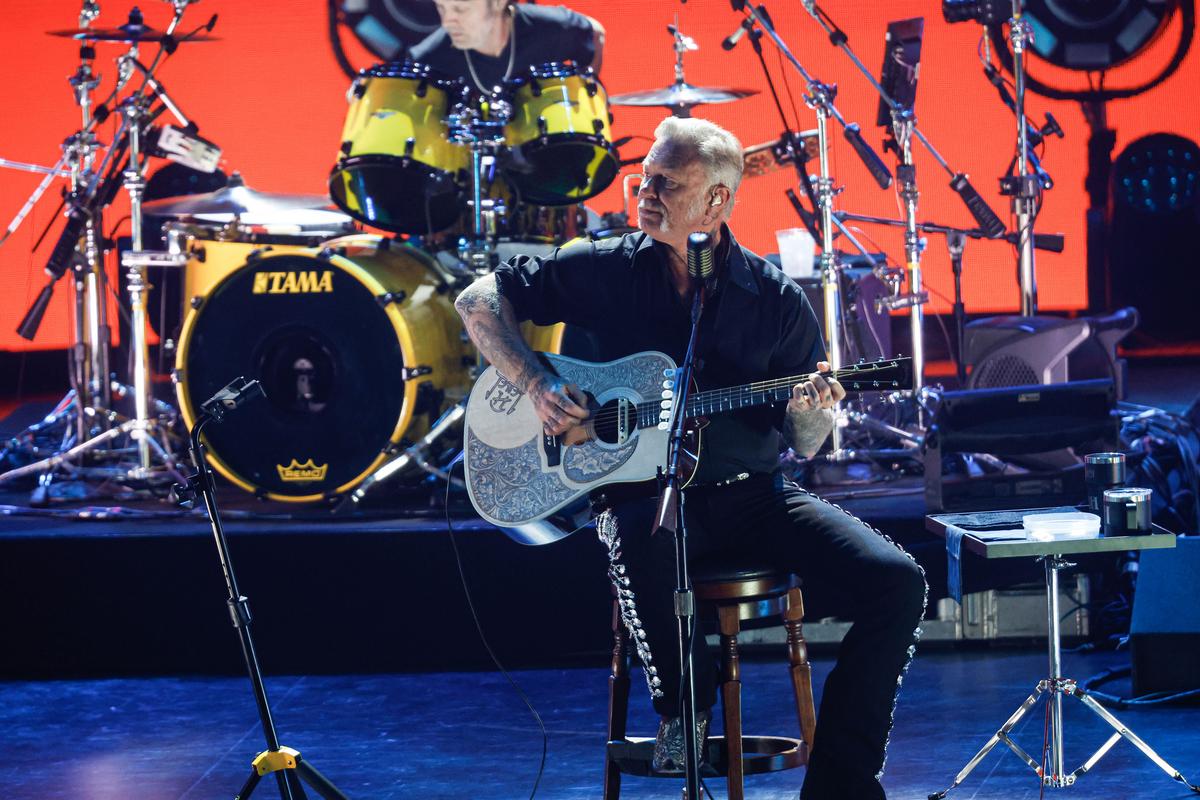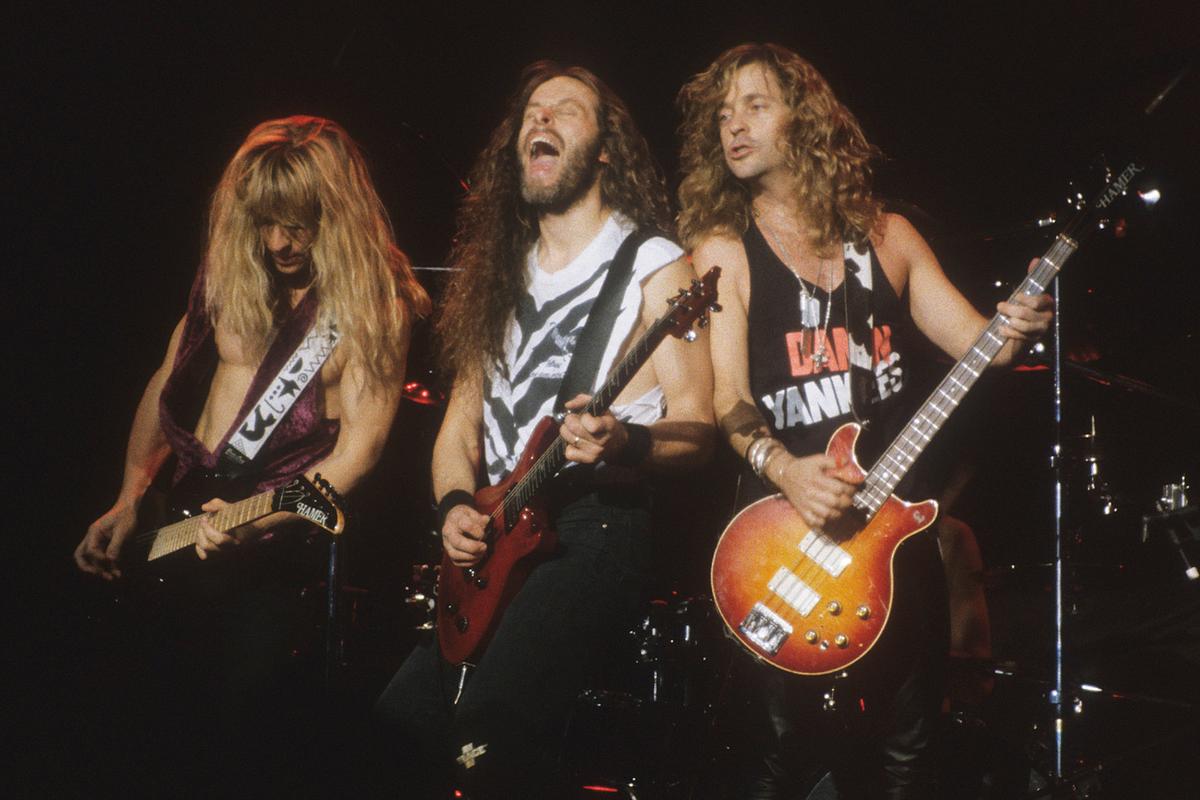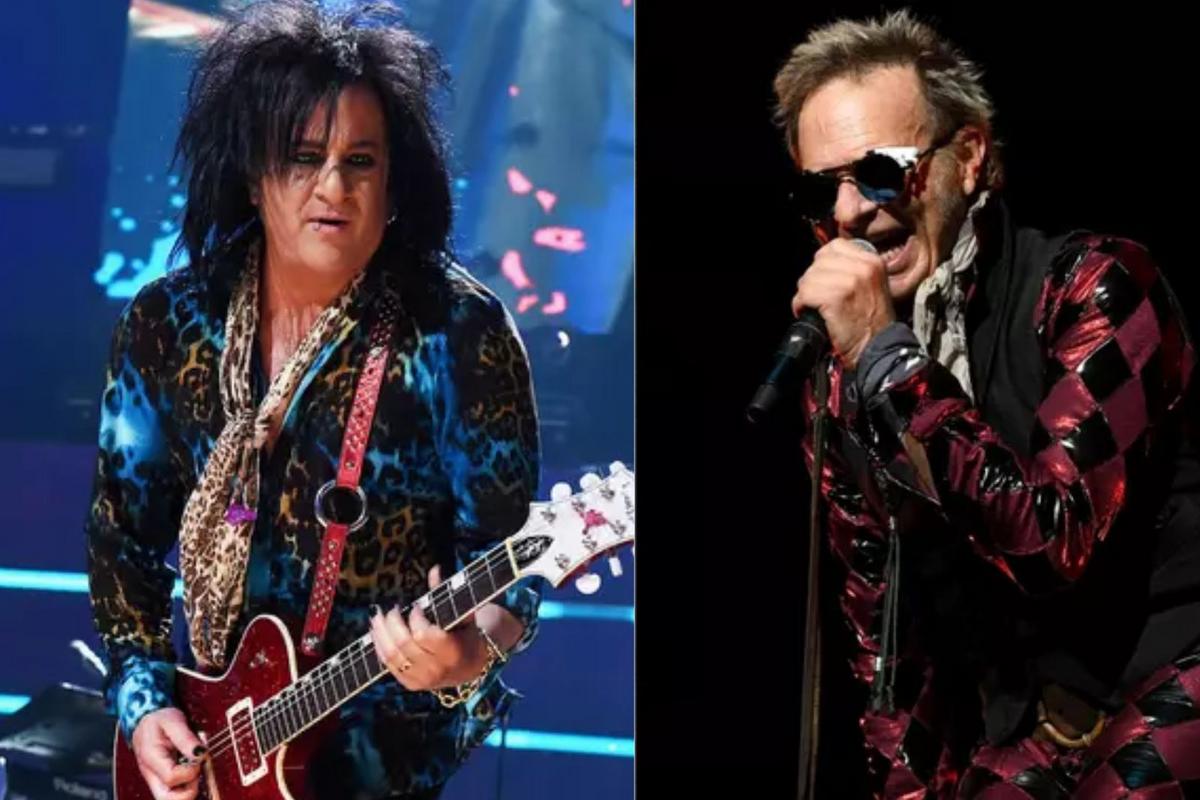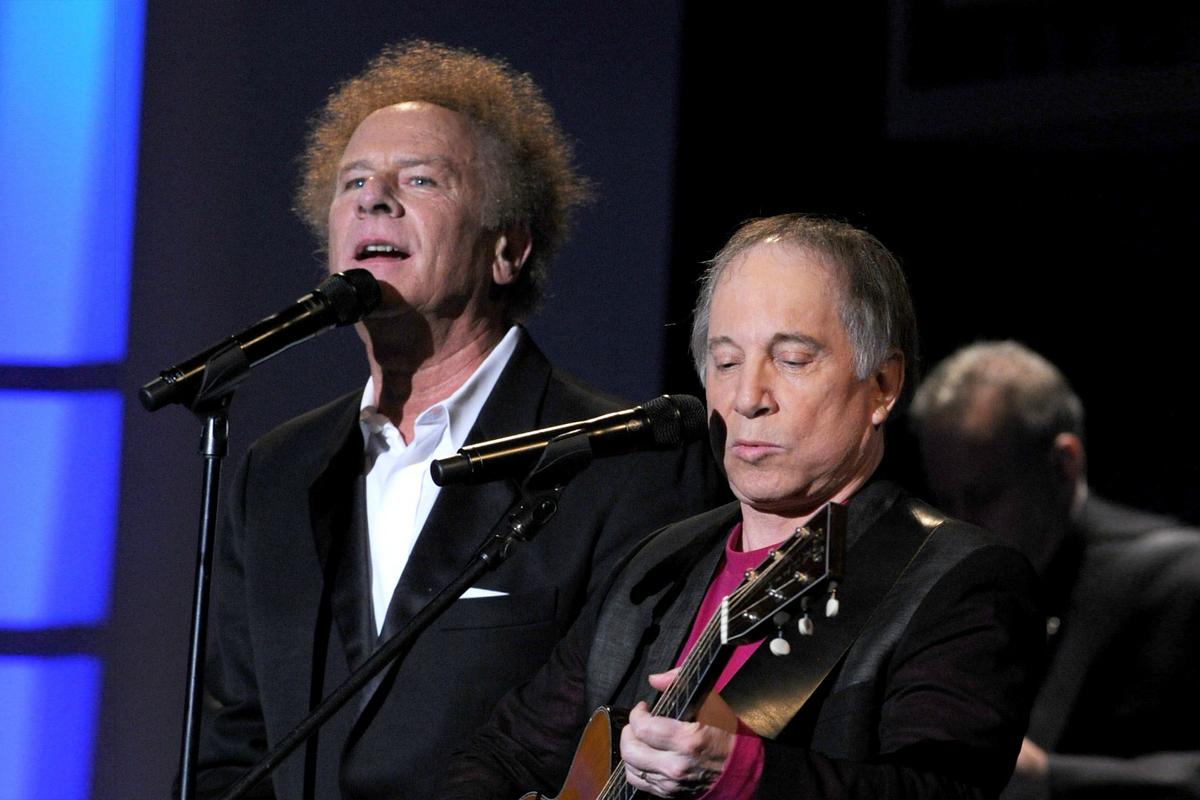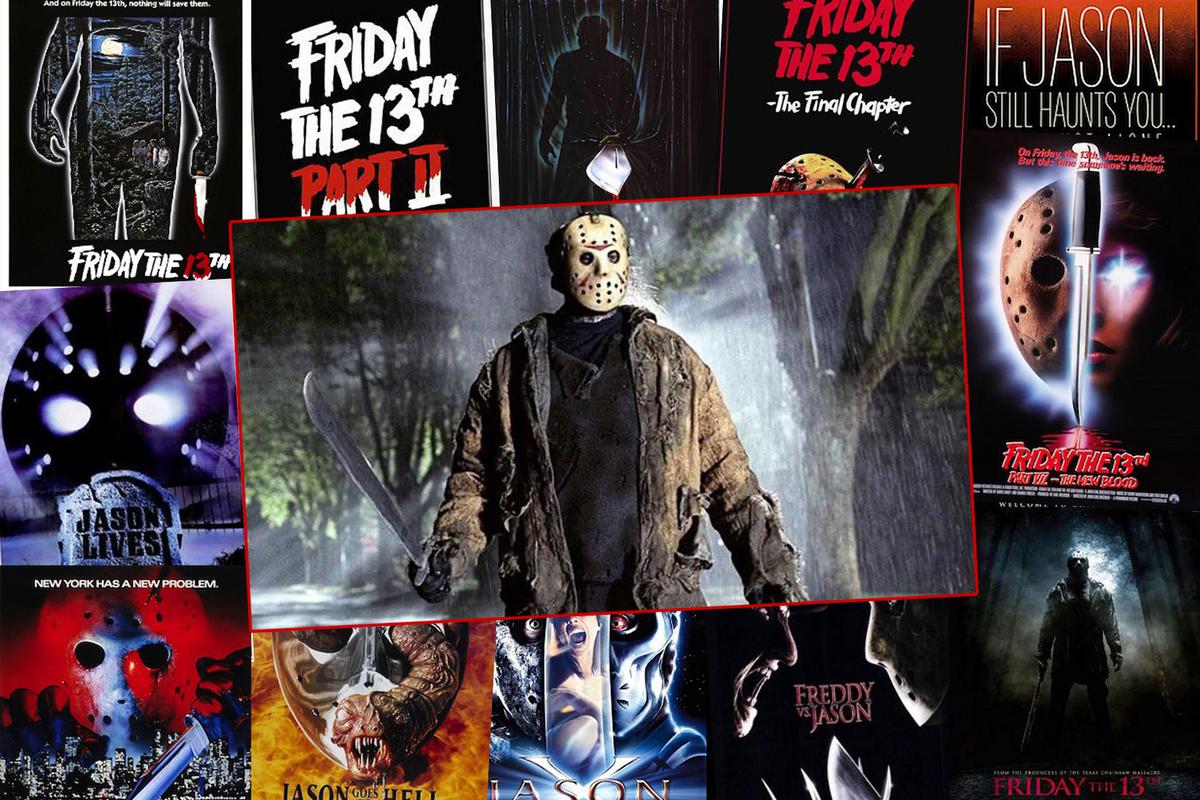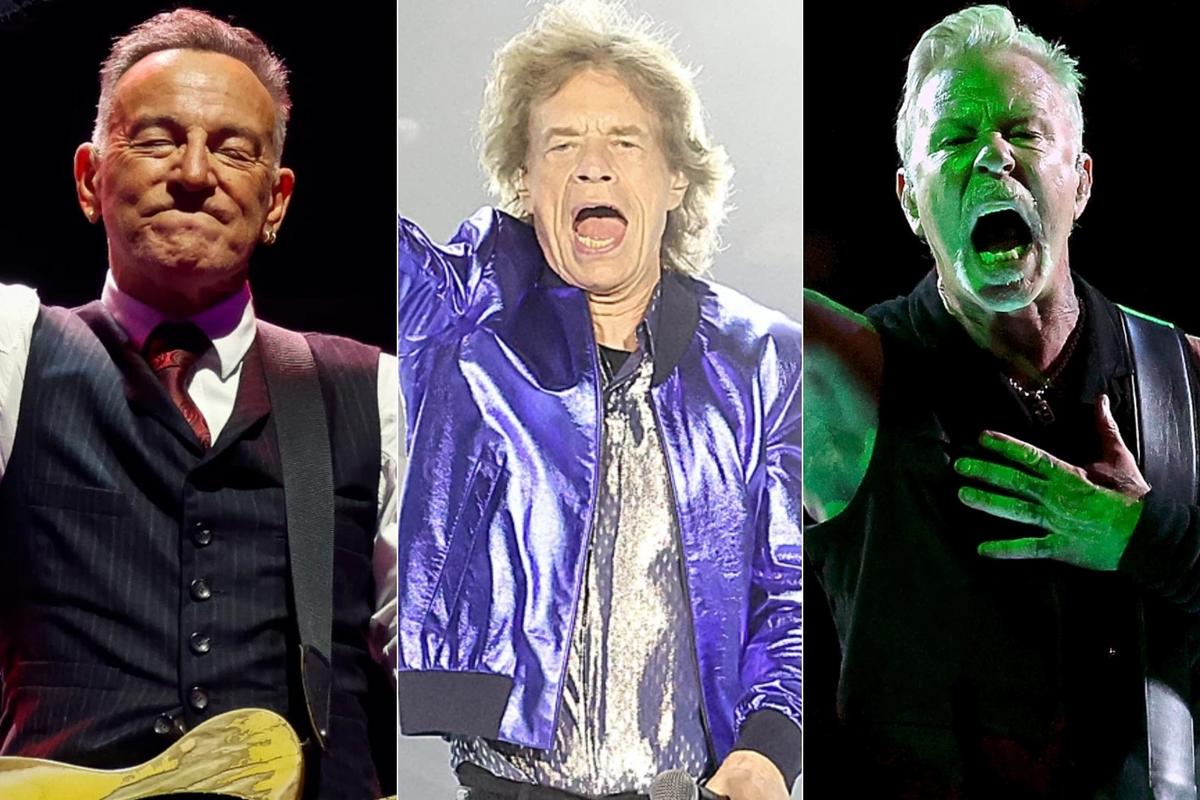The holiday season is supposed to be a time of joy, unity and general well wishes.
But let’s face it: for most people it’s impossible to be merry and bright 100 percent of the time. For as happy of a time as it can be, the holiday season can also bring up feelings of loneliness, isolation, rejection and sadness. What sort of festive music goes with that?
Turns out, there are more than a handful of “sad” holiday songs written about the not-so-fun parts of the season. We’re taking a look at 30 of them below.
1. “Blue Christmas,” Elvis Presley
From: Elvis’ Christmas Album (1957)
Many, many people have covered “Blue Christmas,” including but not limited to: the Beach Boys, Billy Idol, Sheryl Crow and Ringo Starr, to name a few. But arguably the definitive recording is Elvis Presley’s 1957 version, a hit that featured gospel group the Jordanaires on backing vocals. Forget a white Christmas, the blues are here to stay.
2. “Last Christmas,” Wham!
From: 1984 Single
Yes, “Last Christmas” by Wham! is a total bop and is still a popular holiday song decades after its original release. It’s also a song about Christmastime memories with a lover who has betrayed the narrator. George Michael wrote it in his childhood bedroom, probably with no idea that it would reach No. 3 on the Billboard Hot 100 40 years later. “It is a testament to the enduring appeal of one of George Michael’s songwriting masterstrokes that ‘Last Christmas’ seems to have become woven into the very fabric of Christmas,” his Wham! bandmate Andrew Ridgeley told Billboard in 2024.
3. “Please Come Home for Christmas,” Eagles
From: 1978 Single
You might not think of Eagles as a blues rock band, but there have been points where they’ve lent their talents to the genre, like with 1978’s “Please Come Home for Christmas,” a cover of a 1960 song first recorded by the blues singer Charles Brown. When you’re done with this version, there are also renditions of it by Bon Jovi, Cher, Willie Nelson, B.B. King and more.
4. “Same Old Lang Syne,” Dan Fogelberg
From: The Innocent Age (1981)
You know those Hallmark holiday movies where two high school sweethearts return to their hometowns for Christmas and reconnect? That’s kind of the premise of Dan Fogelberg’s “Same Old Lang Syne,” in which a pair bump into one another at the grocery store on Christmas Eve and wind up reminiscing on years gone by over a six-pack in the car. (Grocery shopping on Christmas Eve and drinking behind the wheel both seem like questionable choices though…)
5. “I Want to Come Home for Christmas,” Marvin Gaye
From: 1972 Single
You could think of Marvin Gaye’s “I Want to Come Home for Christmas” as the sort of sultry, soul version of “I’ll Be Home for Christmas.” Co-written by Gaye and Forest Hairston, it’s also an anti-war number: “I want to see snowflakes fall / I want to see Santa Claus / Ooo, I want to hear jingle bells ring / Want to hear jingle bells ringing / But I can’t promise my eyes this sight / Unless they stop the fight.”
6. “River,” Joni Mitchell
From: Blue (1971)
“It’s coming on Christmas, they’re cutting down trees,” Joni Mitchell sings forlornly in “River.” But as she points out, it doesn’t snow much in California, which only seems to add to her feeling of isolation post-partnership with Graham Nash. “‘River’ made me sad, because it chronicled the end of our relationship,” Nash told The Guardian in 2021, “but also elated, because it was such a beautiful song and she had the courage to bare her soul. We were very much in love. I treasured that relationship.”
7. “Christmas Eve Can Kill You,” The Everly Brothers
From: Stories We Could Tell (1972)
The full title of this Everly Brothers recording is “Christmas Eve Can Kill You (When You’re Trying to Hitch a Ride to Anywhere).” Don’t let the delicate two-part harmony deceive you – this is a song about being stranded on the side of the road in the cold with no help to be found, even on Christmas Eve.
8. “Father Christmas,” The Kinks
From: 1977 Single
Unfortunately the Kinks’ “Father Christmas” remains relevant today in the sense that money is often more useful to young people than toys. To be clear, we are not encouraging kids to beat up people dressed as Santa Claus or, as the song states, acquire machine guns to deal with the problem. All we’re saying is the wealth could be distributed a little more evenly. “I love the humor of it, and the aggression and bitterness,” Dave Davies would later say. “I could see the faces of my parents when Christmas came around. They had to struggle to make ends meet. We kind of got what we needed, but there was something fake about the holiday.”
9. “If We Make It Through December,” Merle Haggard
From: Merle Haggard’s Christmas Present (1973)
The next few entires focus on some more country-leaning artists, starting with the late Merle Haggard, whose 1973 hit “If We Make It Through December” is a deceptively upbeat number about hard times making the holiday season even harder: “I wanted Christmas to be right for Daddy’s girl / I don’t mean to hate December, it’s meant to be the happy time of year / But my little girl don’t understand / Why Daddy can’t afford no Christmas gear.” (For a contemporary version of the song, check out Phoebe Bridgers‘ 2020 cover.)
10. “Ringing the Bells for Jim,” Johnny Cash
From: The Christmas Spirit (1963)
Christmas is a good time for hope. In “Ringing the Bells for Jim,” Johnny Cash sings about approaching a priest around this time of year, whom he asks to pray for his dying brother Jim. This appeared on Cash’s 1963 album The Christmas Spirit, which also includes a cover of “Blue Christmas.”
11. “Hard Candy Christmas,” Dolly Parton
From: The Best Little Whorehouse in Texas (1982 Soundtrack)
“Hard Candy Christmas” was written by Carol Hall for the musical The Best Little Whorehouse in Texas, which opened off-Broadway in the late ’70s. Dolly Parton, who appeared in the 1982 film version of the production, turned it into a No. 8 hit on the Billboard Hot Country Songs chart. Cyndi Lauper released her own version in 2016, which featured Alison Krauss.
12. “Christmas in Prison,” John Prine
From: Sweet Revenge (1973)
There are few more depressing places one could spend Christmas than behind bars, but John Prine didn’t appear to be speaking about a literal place in “Christmas in Prison.” Rather, it’s about feeling emotionally trapped, unable to live life to the fullest extent with loved ones. “It’s Christmas in prison / There’ll be music tonight / I’ll probably get homesick/ I love you, goodnight.” (According to Rolling Stone, Prine loved the holiday season so much he kept a Christmas tree up all year round in his bachelor house.)
13. “Another Lonely Christmas,” Prince
From: 1984 Single
Leave it to Prince to write a Christmas song that is somehow both sexy and sad. “Another Lonely Christmas” came out in 1984 as the B-side of the single “I Would Die 4 U.” Things take an awfully dark turn at the end of this track…
14. “7 O’Clock News / Silent Night,” Simon & Garfunkel
From: Parsley, Sage, Rosemary and Thyme (1966)
Have you ever wanted to listen to a Christmas song that was both biblical and chock full of depressing news? Simon & Garfunkel have you covered with “7 O’Clock News / Silent Night.” As its title suggests, it’s a cover of “Silent Night” over top of various pieces of then-contemporary news reports: the death of comedian Lenny Bruce, protests against the Vietnam War, a speech by Richard Nixon, etc.
15. “Someday at Christmas,” Stevie Wonder
From: Someday at Christmas (1967)
Stevie Wonder’s “Someday at Christmas” is another one of those deceptively cheerful sounding holiday songs. Wonder’s voice is smooth as silk, but he’s singing about the world being rife with violence and discrimination — hardly the picture of holiday goodness or “peace on earth.” The Jackson 5 released a version of this song in 1970, and so did Lizzo in 2022.
16. “Just a Lonely Christmas,” The Supremes
From: Merry Christmas (2015 Reissue)
The Supremes’ recording of “Just Another Lonely Christmas” did not appear on their 1965 holiday album Merry Christmas. Many years later, it popped up when a reissue of the album was released in 2015. Diana Ross is pretty convincing here as a beautifully depressed lover yearning for her partner to return to her arms.
17. “Christmas Ain’t Christmas, New Years Ain’t New Years Without The One You Love,” The O’Jays
From: 1969 Single
There’s a reason they call it the holiday season. There’s not just one holiday to possibly endure alone but several, back-to-back. For a song that covers both Christmas and New Year’s, the O’Jays have you covered with this 1969 single.
18. “Christmas Card From a Hooker in Minneapolis,” Tom Waits
From: Blue Valentine (1978)
Nothing says Christmas quite like hearing from a woman of the night. Here is how Tom Waits introduced the song at one of his concerts in 1985 — make of it what you will: “I was in Minneapolis — it was 200 degrees below zero — I know, you think I’m bullshitting, no, I swear to God, I was wearing just a bra and a slip and a kind of dead squirrel around my neck — he was colder than I was. The police cars would go by and they’d wave. … Merry Christmas, Merry Christmas, Merry Christmas. Anyway, I got caught in the middle of a pimp war between two kids in Chinchilla coats, they couldn’t have been more than 13 years old — they’re throwing knives and forks and spoons out into the street. It was deep, so I grabbed a ladle, and Dinah Washington was singing ‘Our Day Will Come’ and I knew that was it.”
19. “Snow,” Harry Nilsson
From: Nilsson Sings Newman (1970)
If you didn’t already know this, Harry Nilsson recorded an entire album in collaboration with Randy Newman back in 1969 titled Nilsson Sings Newman — Newman himself provided the piano and keyboard for it. “Snow” actually did not make the original album cut, but was instead released on the 2000 CD reissue. To be fair, “Snow” never mentions any specific holidays, but it sure is a sad song about feeling alone during the winter.
20. “Fairytale of New York,” The Pogues
From: If I Should Fall From Grace With God (1988)
There are certainly more comfortable places to spend Christmas Eve than a metropolitan drunk tank, but that’s where the story begins in the Pogues’ “Fairytale of New York.” As Shane MacGowan insisted over the years, the song came to be when the Pogues’ producer at the time in 1985, none other than Elvis Costello, wagered that the band could not write a hit Christmas single. He could not have been proven more wrong when “Fairytale of New York” wound up an incredibly successful release in 1987, reaching No. 2 on the U.K. singles chart. “For a band like the Pogues, very strongly rooted in all kinds of traditions rather than the present, it was a no-brainer,” banjo player and the song’s co-writer Jem Finer told The Guardian in 2012.
21. “Please, Daddy (Don’t Get Drunk This Christmas),” John Denver
From: Farewell Andromeda (1973)
Being sad or upset during the holiday season is hard enough for adults, let alone children for whom it should be the most exciting time of the year. John Denver was an adult when he recorded the self-explanatory “Please, Daddy (Don’t Get Drunk This Christmas),” but he was singing from the perspective of a seven-year-old boy: “Please daddy, don’t get drunk this Christmas / I don’t want to see my momma cry.”
22. “Winter Song,” Lindisfarne
From: Nicely Out of Tune (1970)
“When the turkey’s in the oven and the Christmas presents are bought,” Alan Hull notes in “Winter Song,” from 1970’s Nicely Out of Tune, a song Elvis Costello considered a favorite and performed live himself, “And Santa’s in his module, he’s an American astronaut / Do you spare one thought for Jesus who had nothing but his thoughts, who got busted just for talking and befriending the wrong sorts?“
23. “Christmas,” The Who
From: Tommy (1969)
To get the full effect of “Christmas” by the Who, you’ll need to listen to the entirety of their 1969 concept album Tommy. In this particular number, Christmas morning brings up some serious concerns in Tommy’s father, given his son’s lack of hearing or sight — deaf, dumb and blind. “Tommy doesn’t know what day it is / He doesn’t know who Jesus was or what praying is / How can he be saved from the eternal grave?“
24. “I Believe in Father Christmas,” Greg Lake
From: 1975 Single
Greg Lake did not set out to write a happy, feel-good type holiday song when he came up with “I Believe in Father Christmas,” his debut solo single released in 1975. Instead, his aim was in “objecting to the commerciality of Christmas and trying to sort of, basically, remind people that the Christmas you get, you deserve. It’s all about giving, it’s the joy of giving. That was the real intention behind the song.”
25. “Christmas Wrapping,” The Waitresses
From: 1981 Single
The American new wave group the Waitresses were only together for five years and broke up in 1983. But in that time they released the adorably upbeat “Christmas Wrapping.” It gives off the air of happiness, but the lyrics tell a different story about trying to move on from a former partner during the holiday season and spending it mostly alone. “Calendar picture, frozen landscape / Chill this room for 24 days / Evergreens, sparkling snow / Get this winter over with!“
26. “Pretty Paper,” Roy Orbison
From: 1963 Single
Roy Orbison did not write “Pretty Paper” – Willie Nelson did that – but frankly Orbison’s silky voice is half of what makes this song as poignant as it is. “Crowded street, busy feet hustle by him / Downtown shoppers, Christmas is nigh / There he sits all alone on the sidewalk / Hoping that you won’t pass him by.”
27. “Christmas at Ground Zero,” Weird Al
From: Polka Party! (1986)
At Christmastime, who doesn’t want to think about violence and destruction? “It didn’t make much of a splash because radio stations didn’t seem to think it was appropriate to release a song about nuclear annihilation during the holidays,” Weird Al later explained of his 1986 song “Christmas at Ground Zero.” “It’s still a fan favorite. The sad part is, I can’t really play the song live anymore because too many people misunderstand the connotations of Ground Zero. It’s not a reference to 9/11, obviously. It was written in 1987 [sic] when ‘ground zero’ just meant the epicenter of a nuclear attack.”
28. “What a Merry Christmas This Could Be,” Willie Nelson
From: 1964 Single
“What a merry Christmas this could be,” Willie Nelson sings here, “if you would just come back to me.” Written by Hank Cochran and Harlan Howard, “What a Merry Christmas This Could Be” was also recorded by George Strait in 1986.
29. “It Won’t Be the Same This Year,” Vince Gill
From: Let There Be Peace on Earth (1993)
Vince Gill really decided to put people through the emotional wringer with “It Won’t Be the Same This Year,” a song about coming home for the holidays with one less family member there — “first time home since brother passed away,” he sings. It’s the one and only original number on Let There Be Peace on Earth, Gill’s 1993 album of mostly Christmas song covers.
30. “Merry Christmas, Darling,” The Carpenters
From: 1970 Single
With a title like “Merry Christmas, Darling,” you would assume this 1970 song by the Carpenters would be a happy one. But the lyrics are sung from the perspective of someone going through the holiday season motions without the one person she wants to be with.
Top 10 ’80s Christmas Movies

